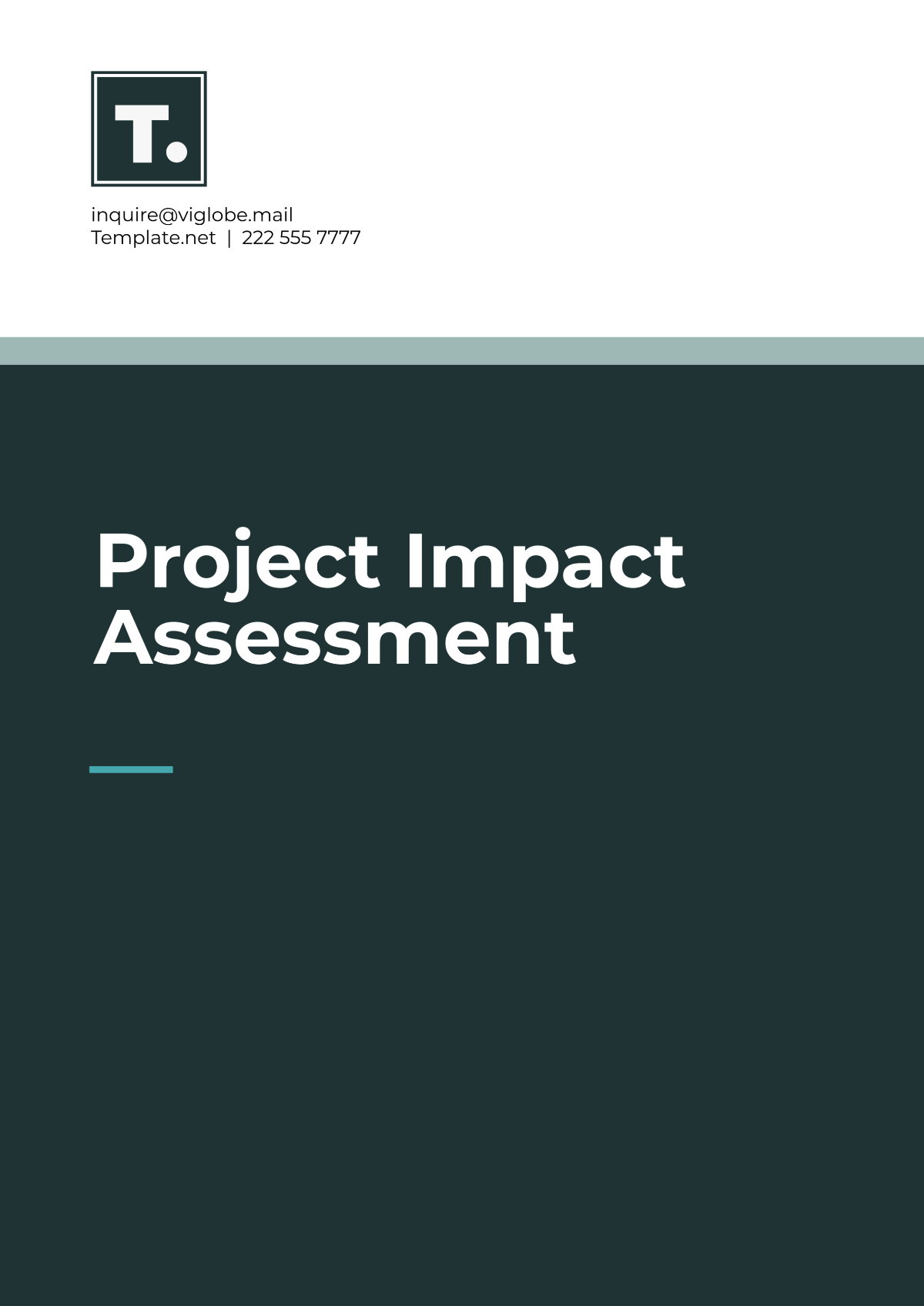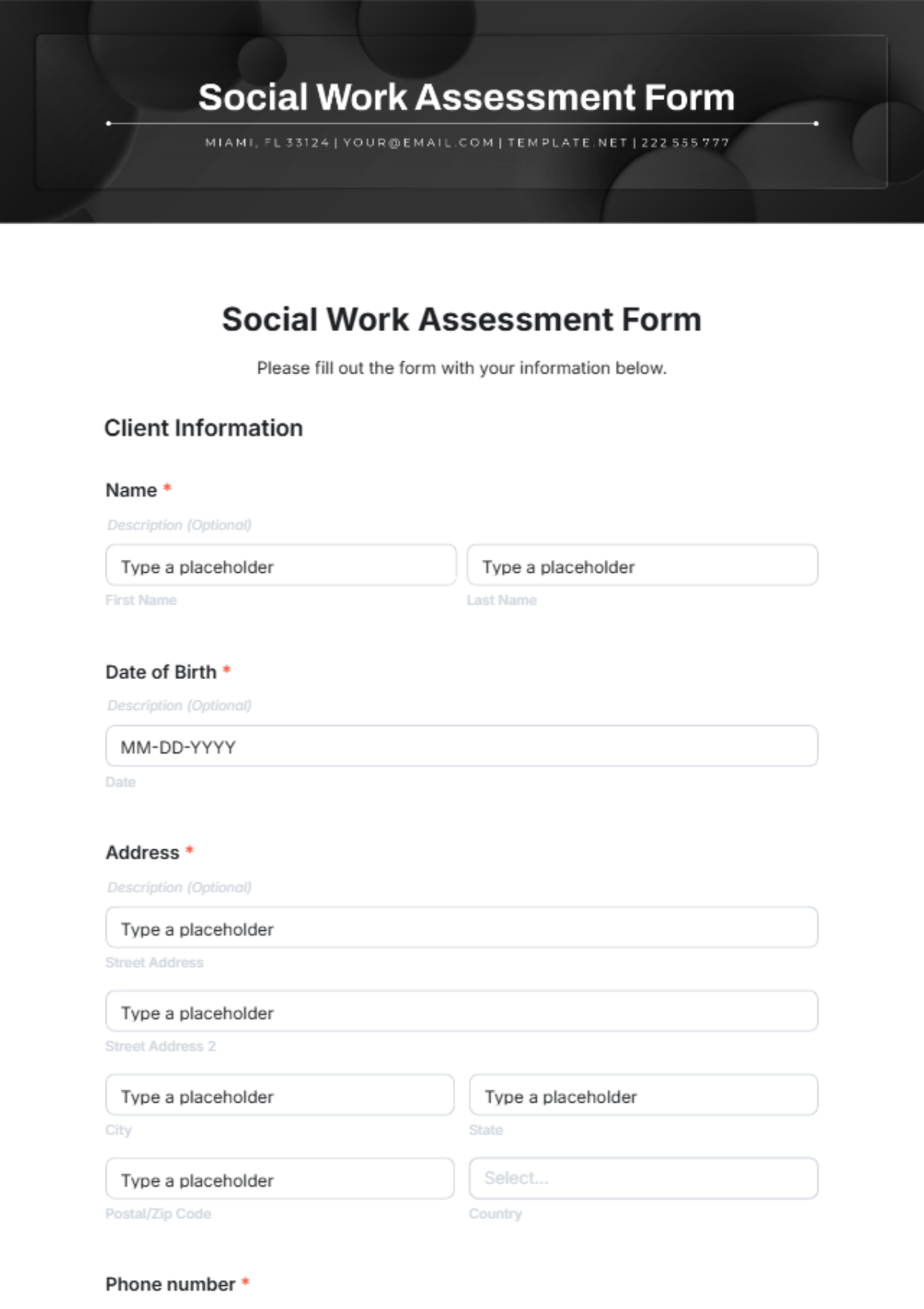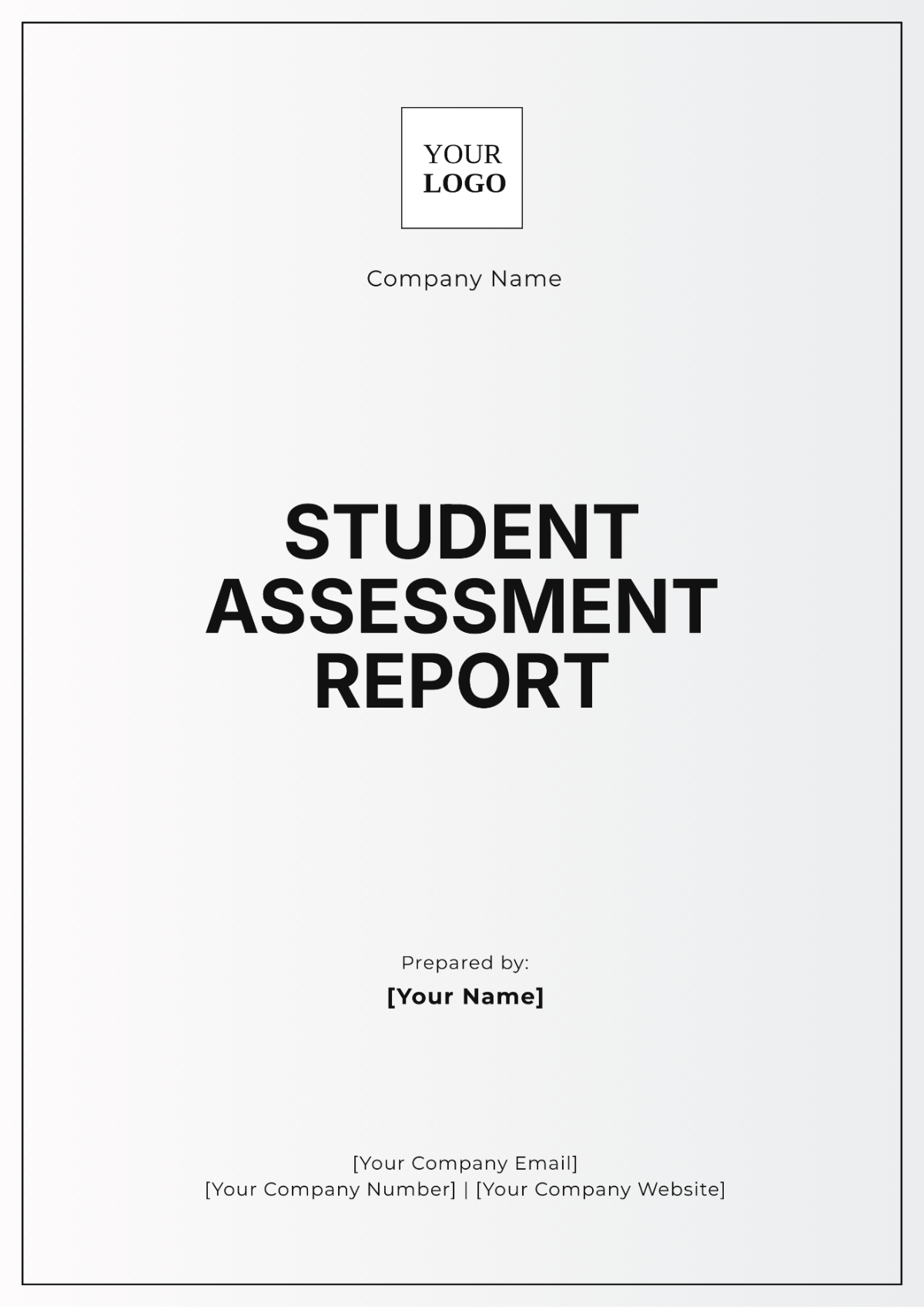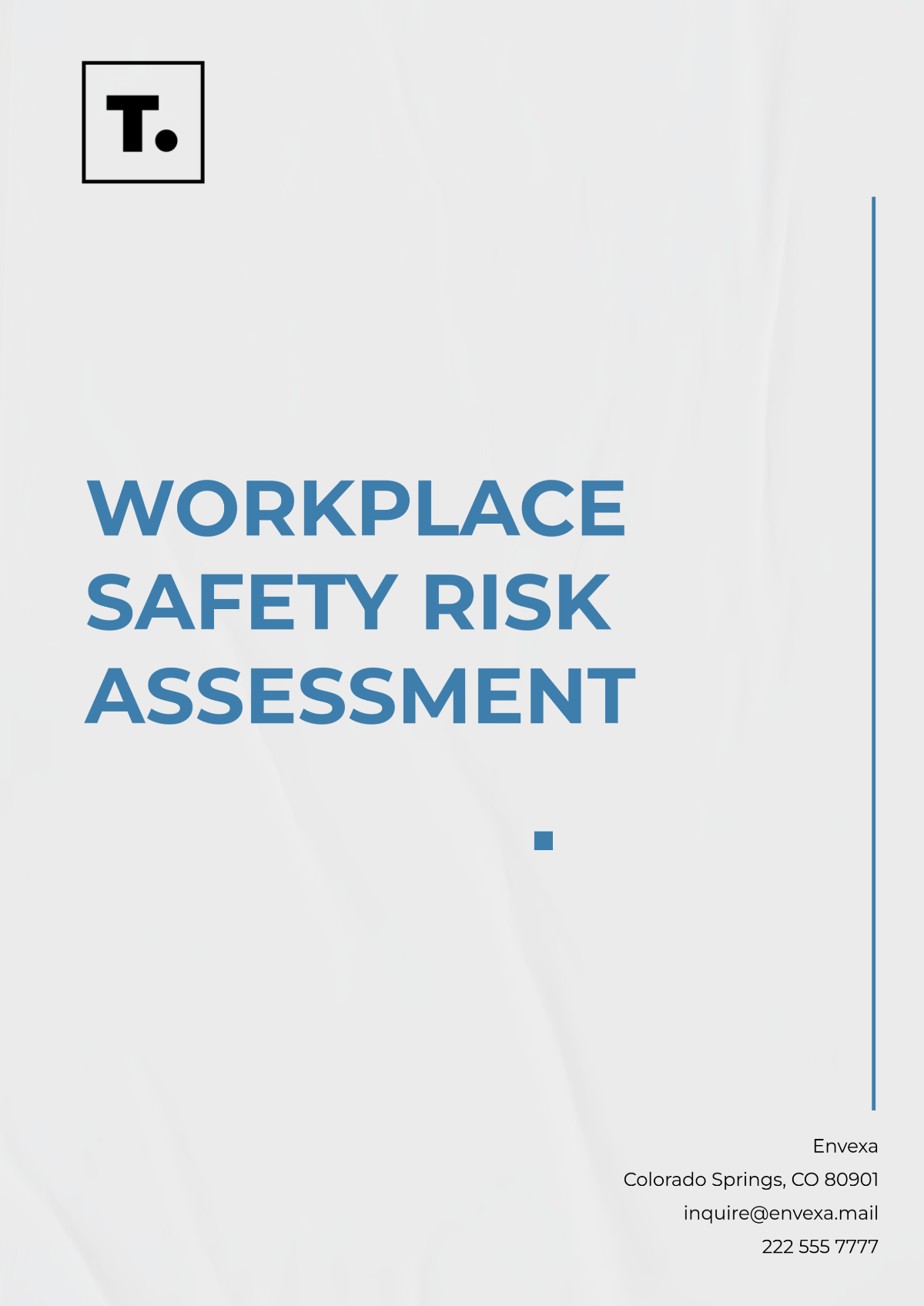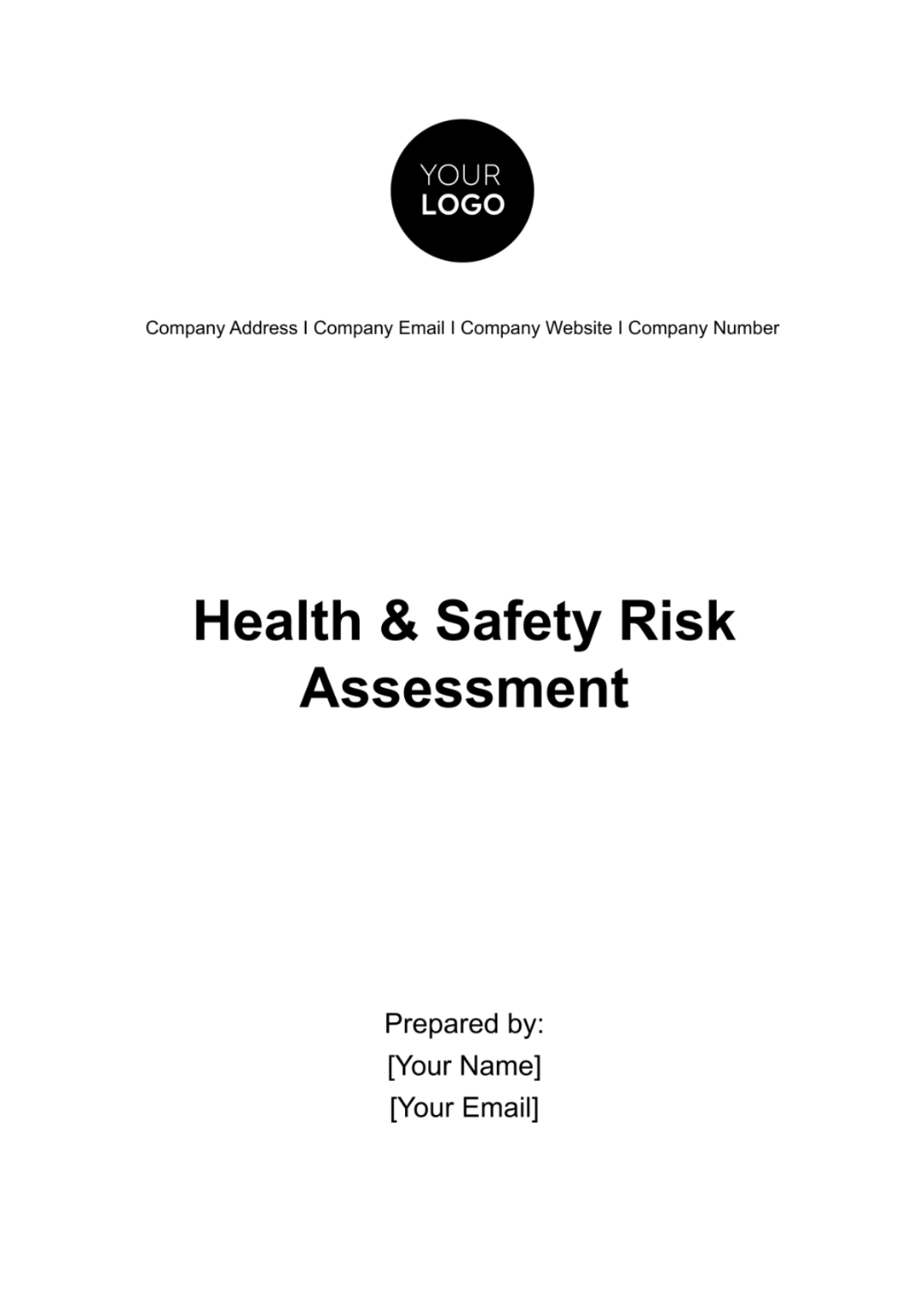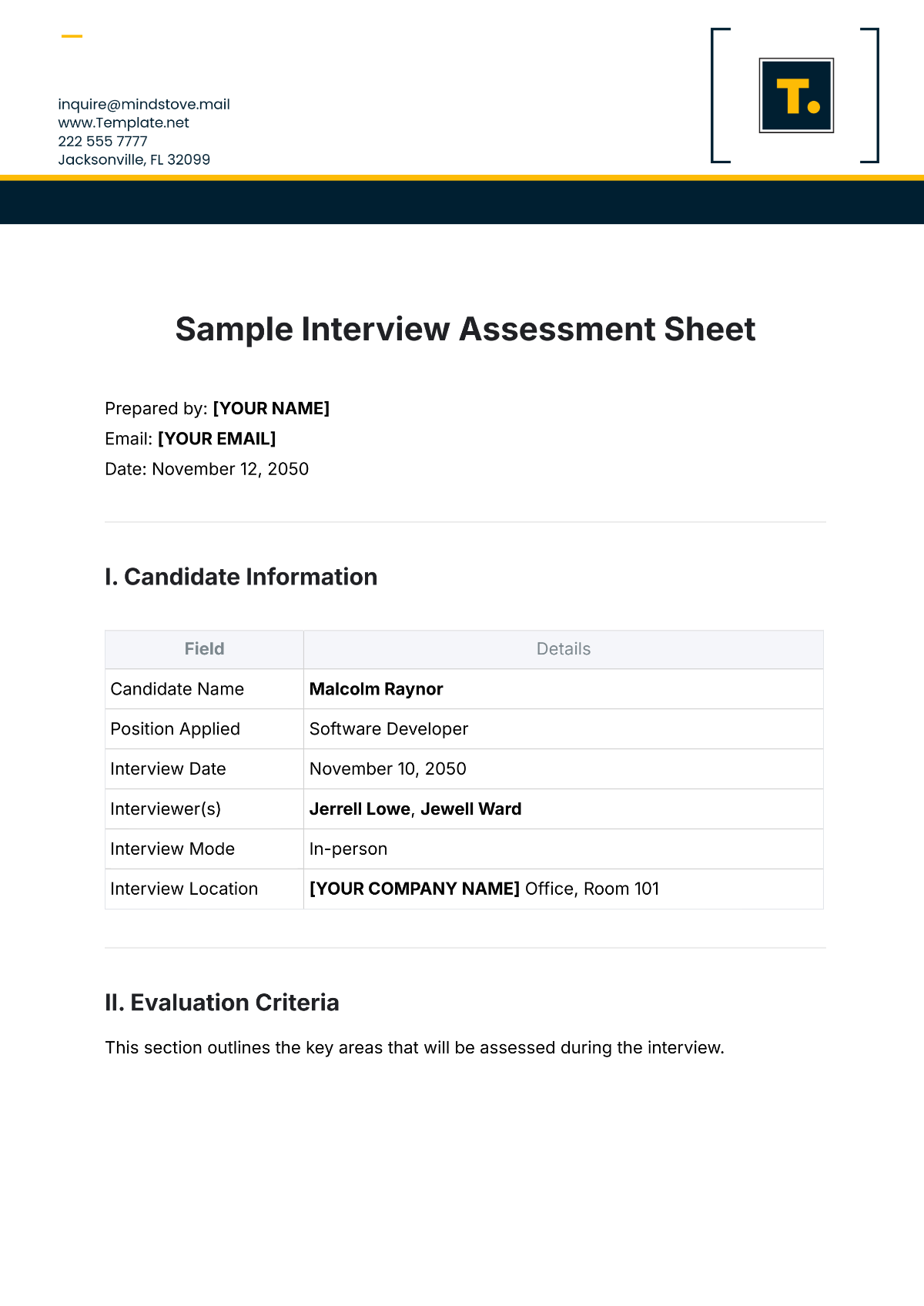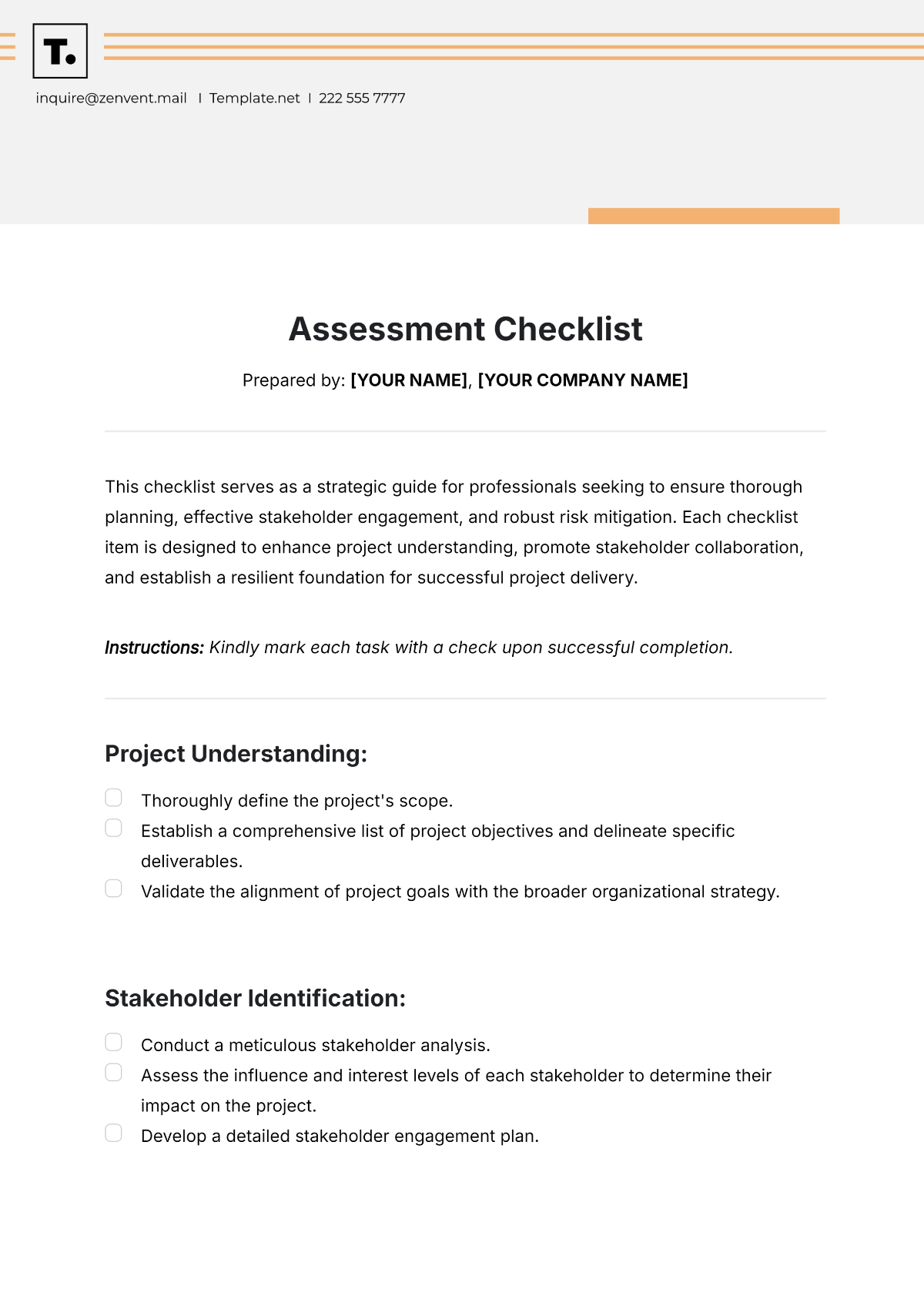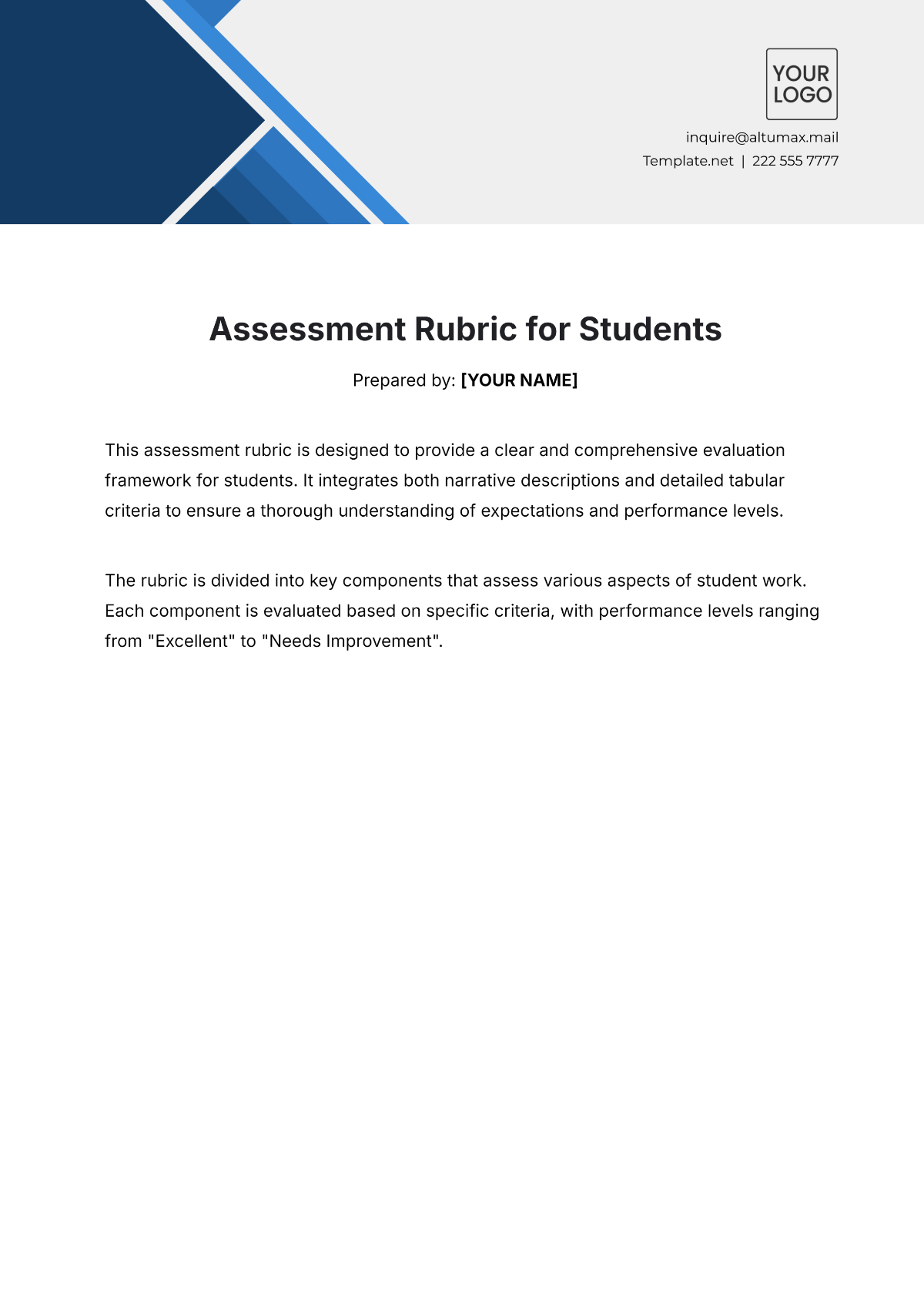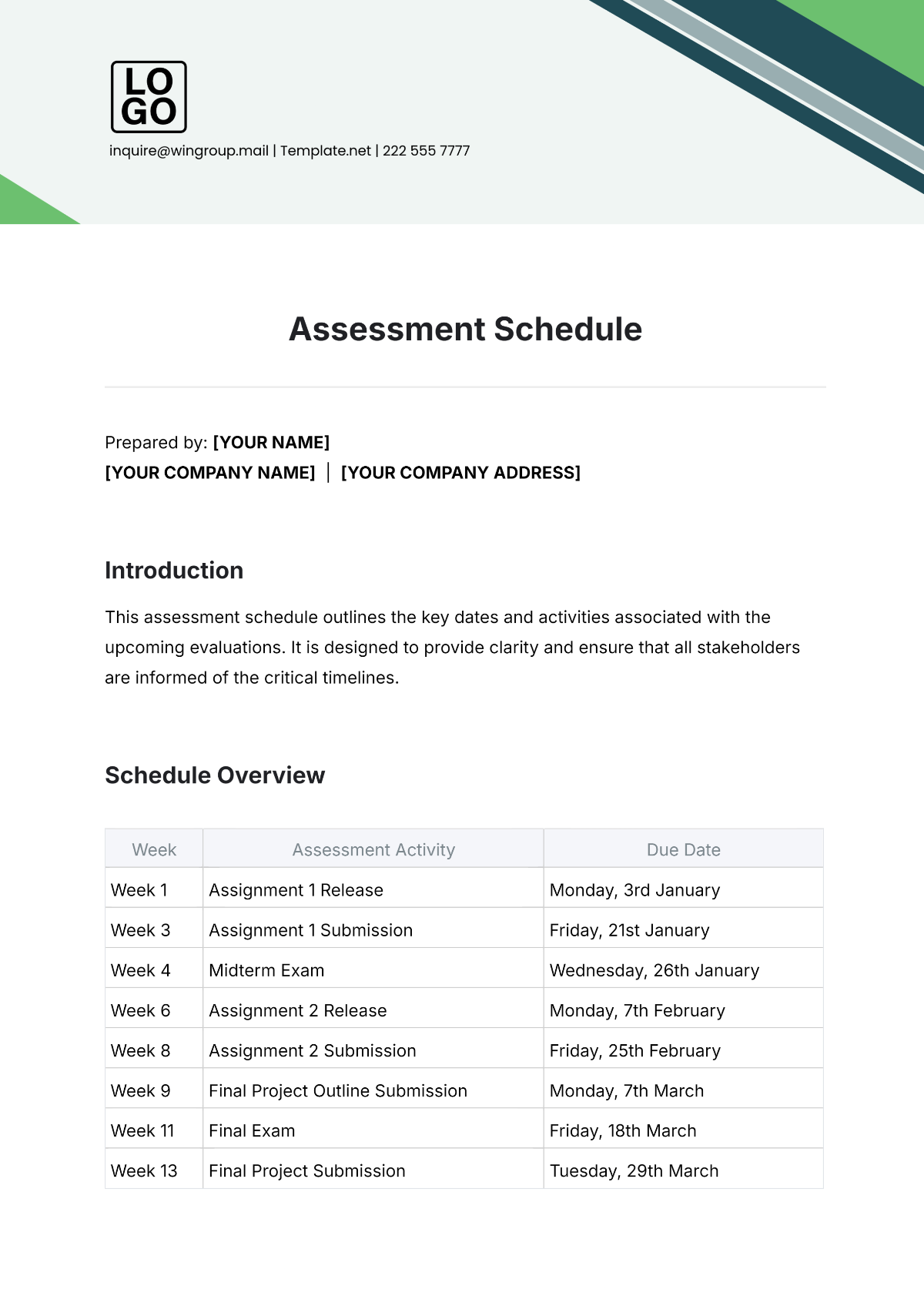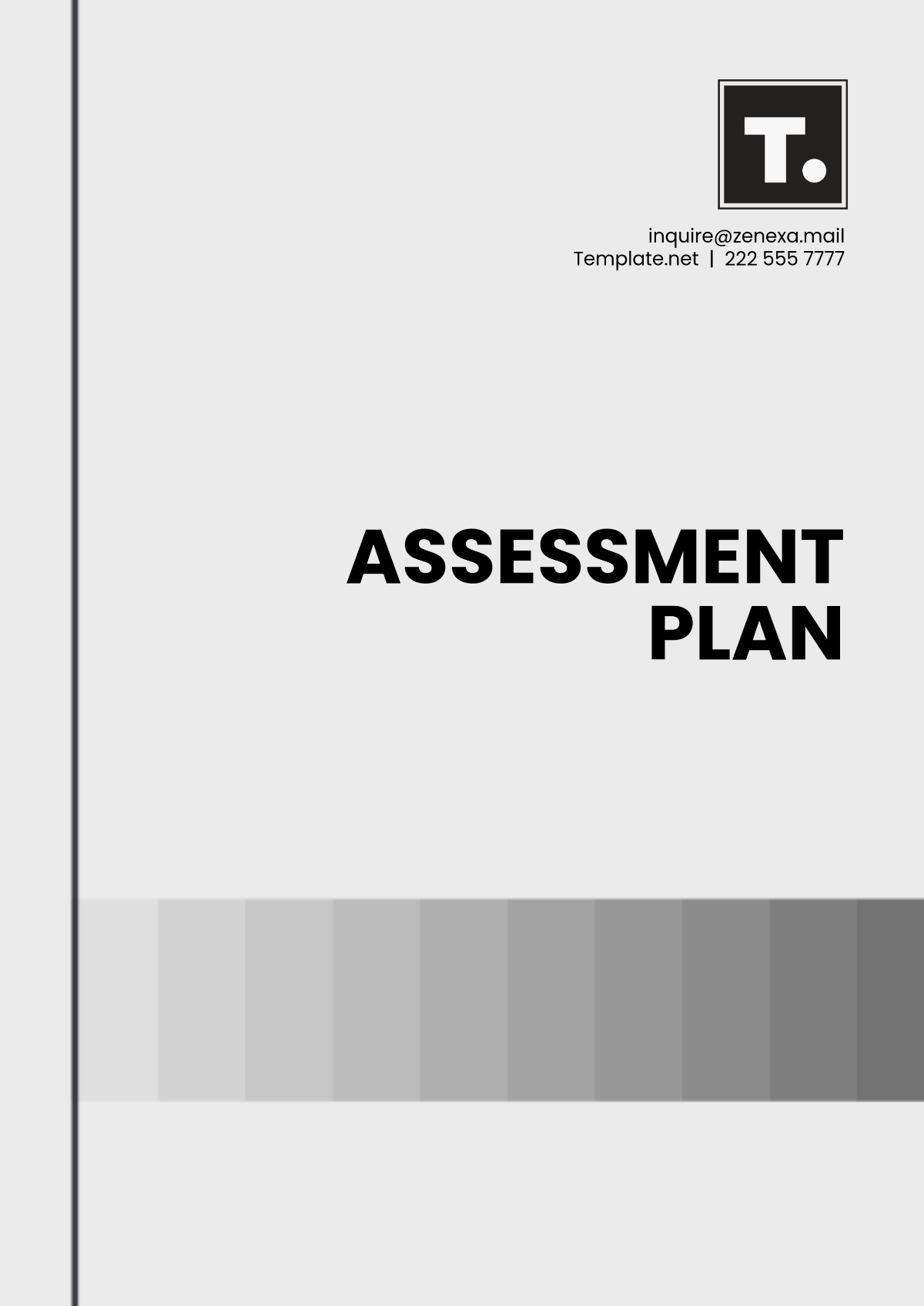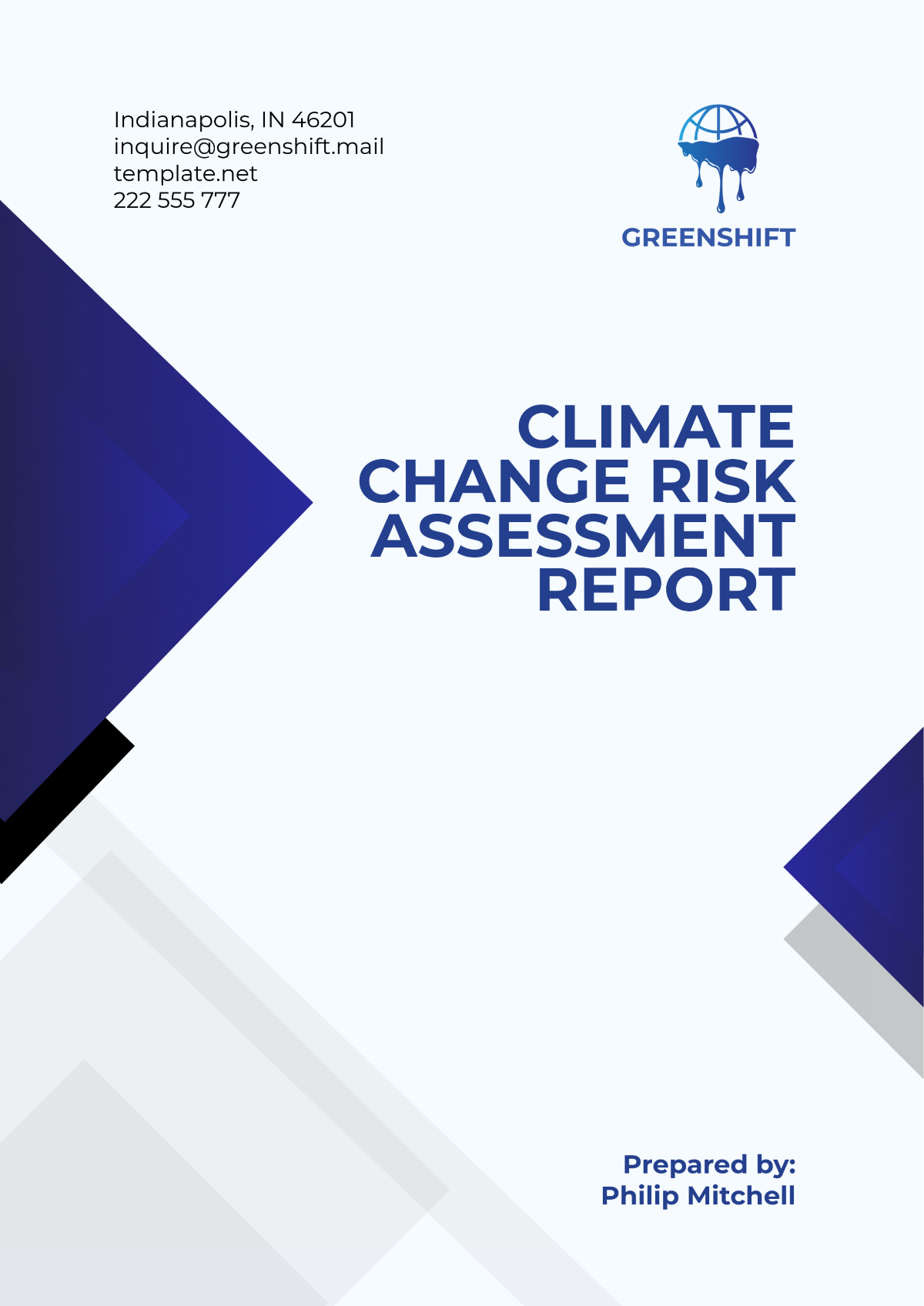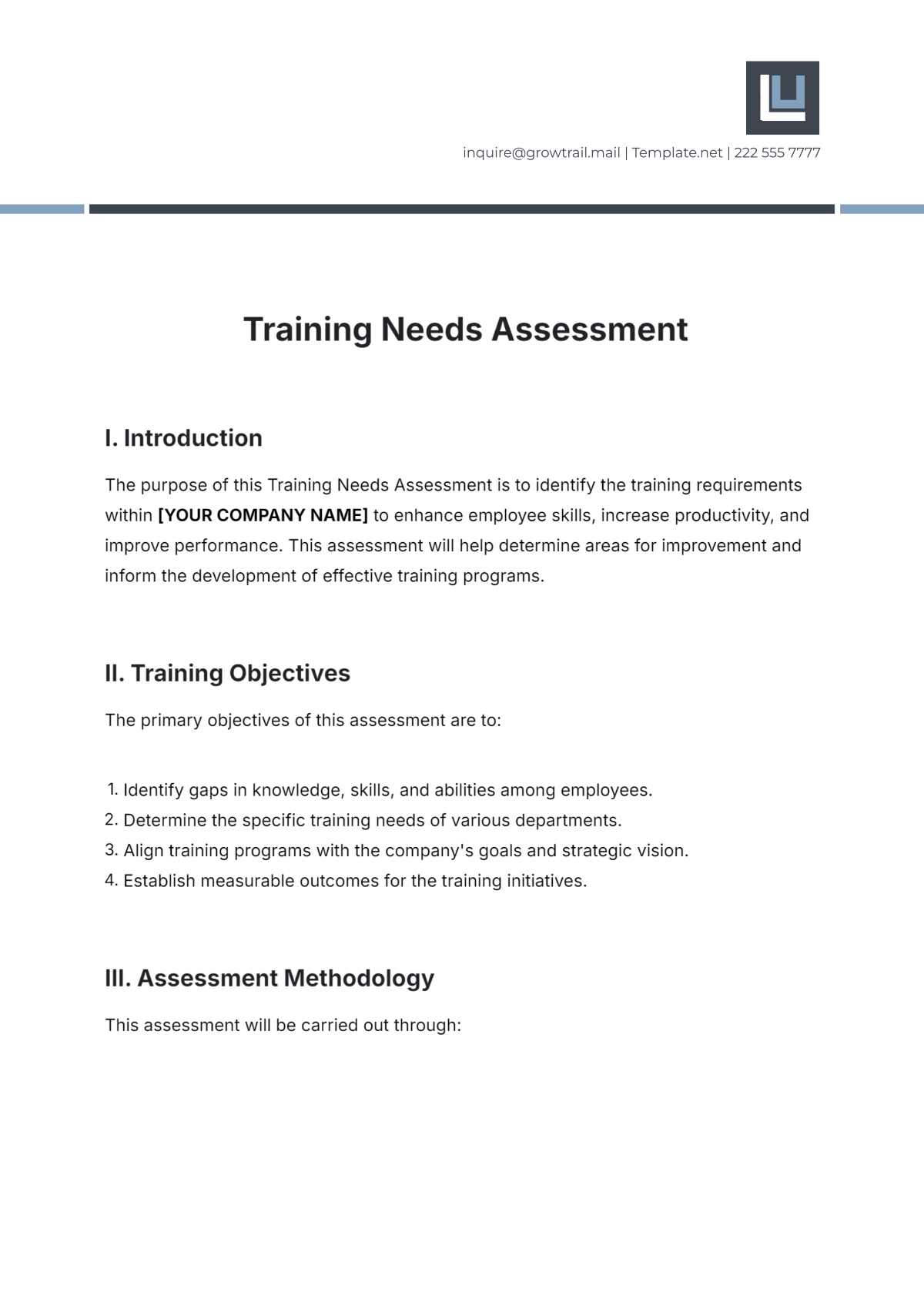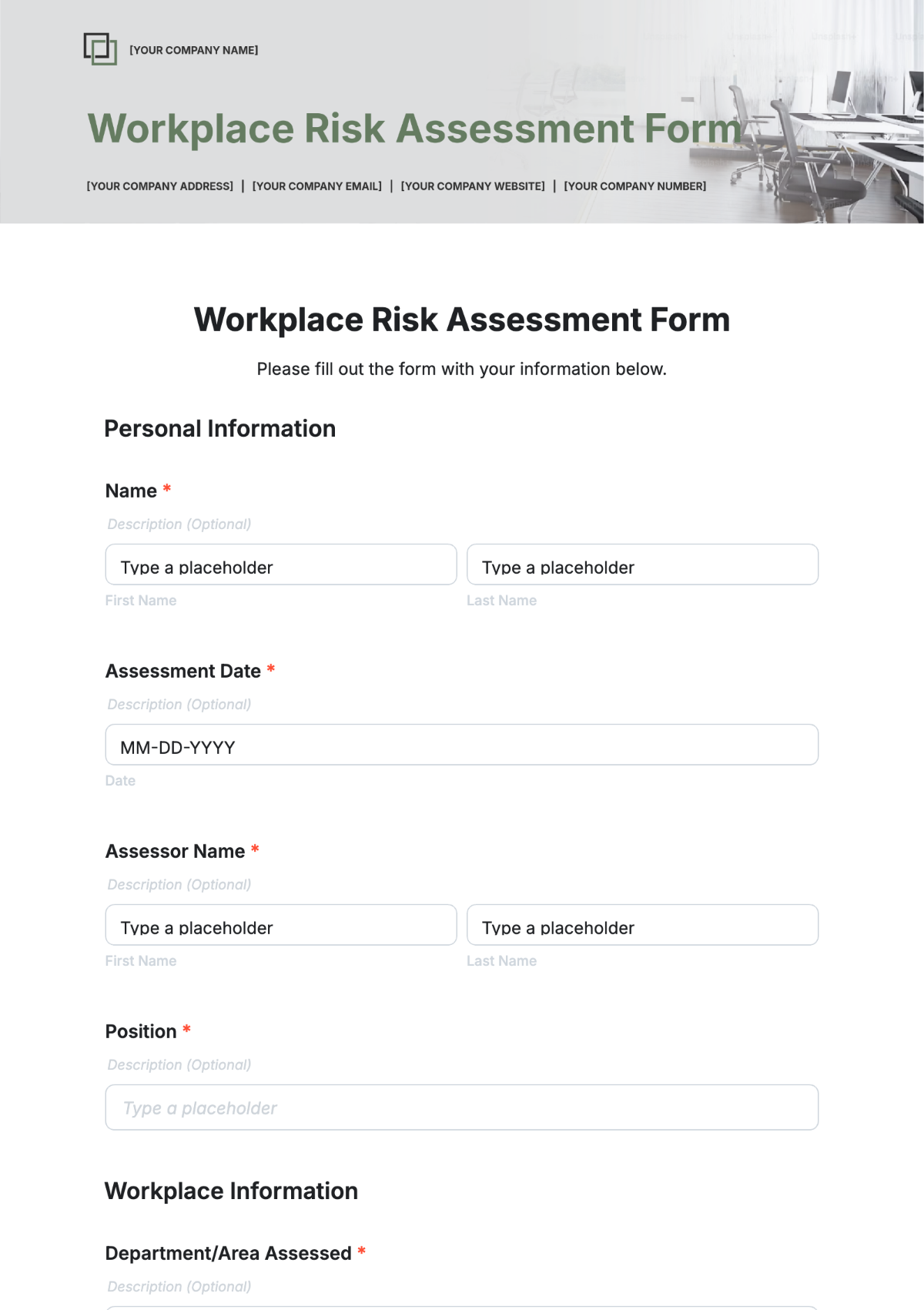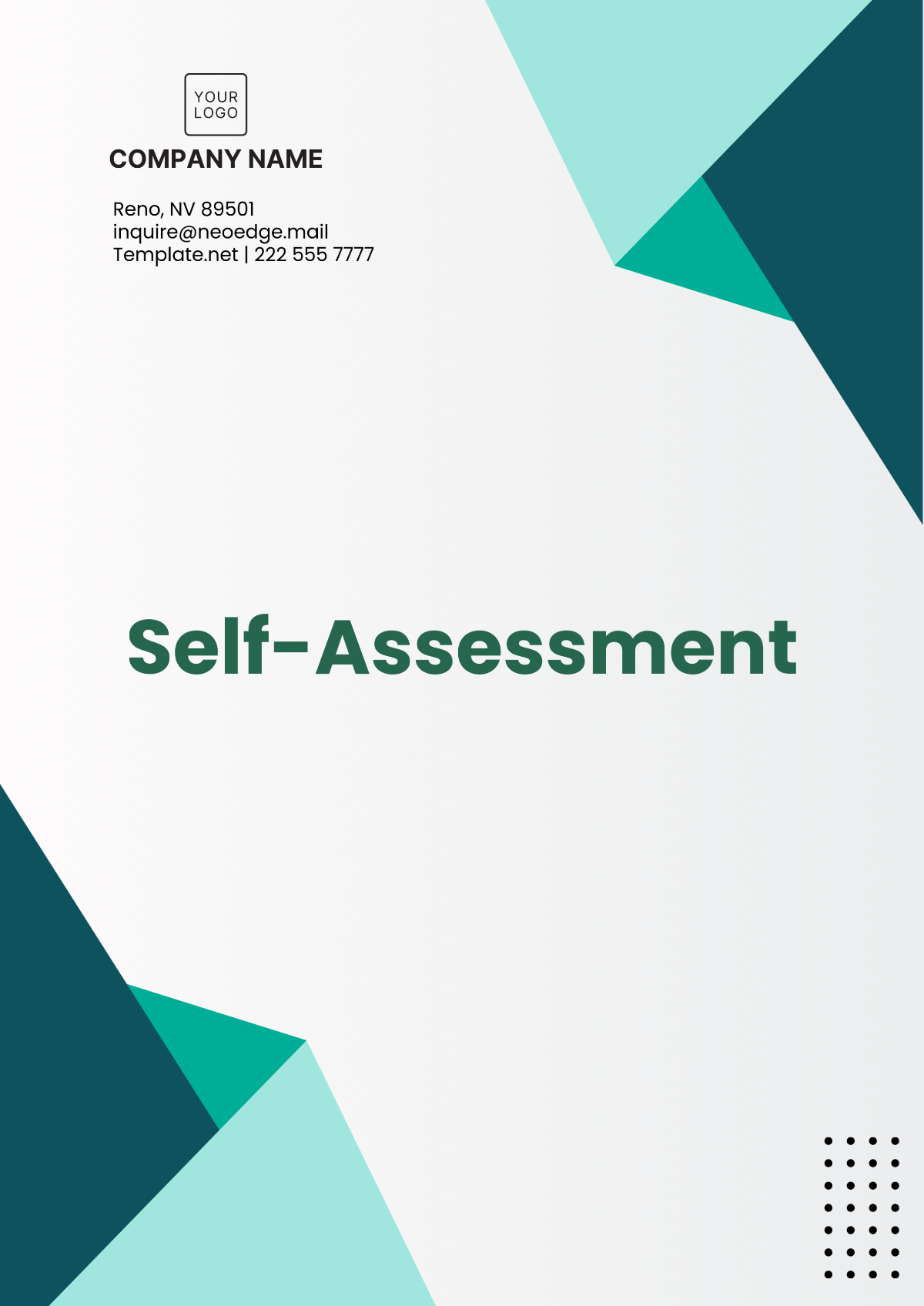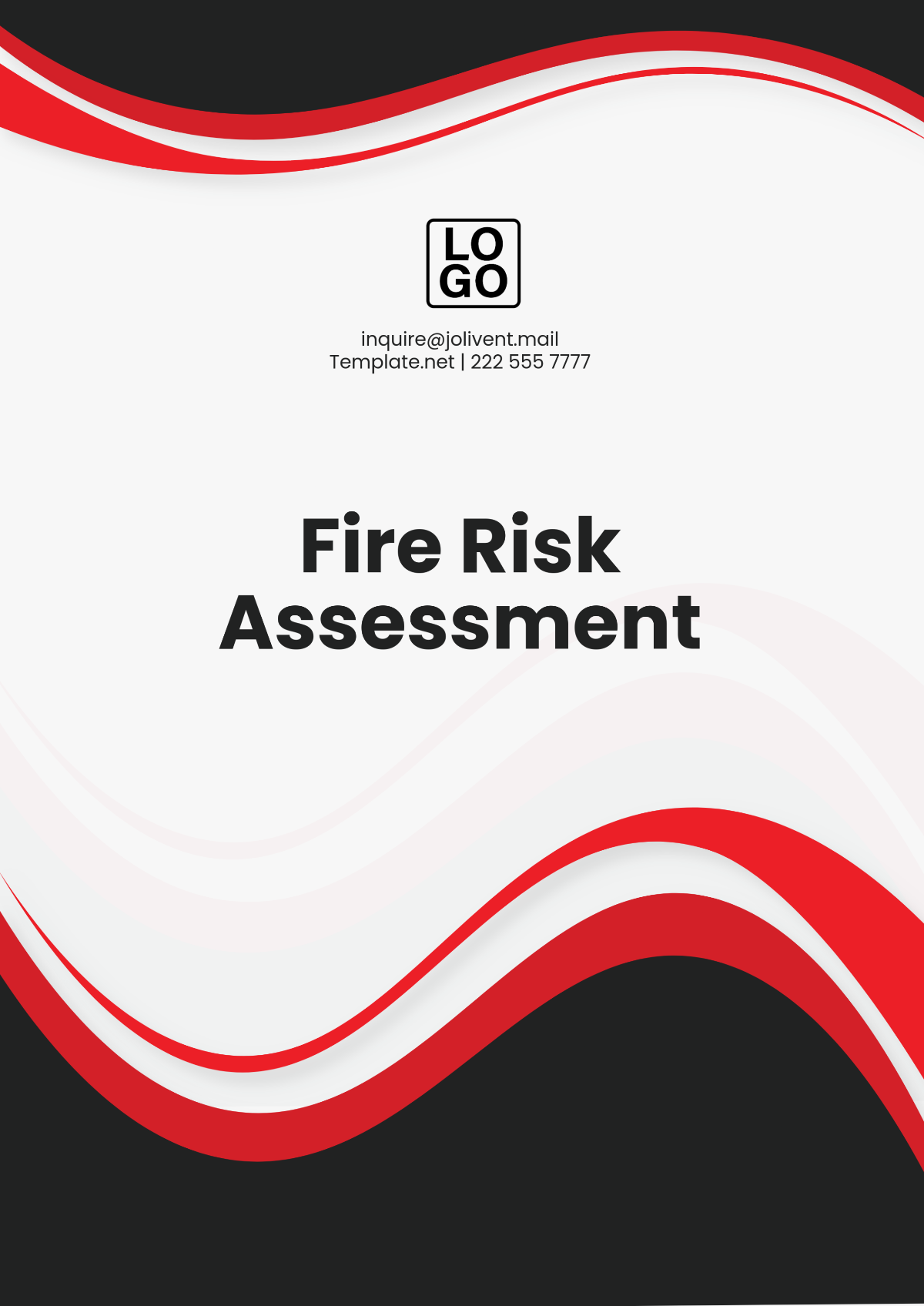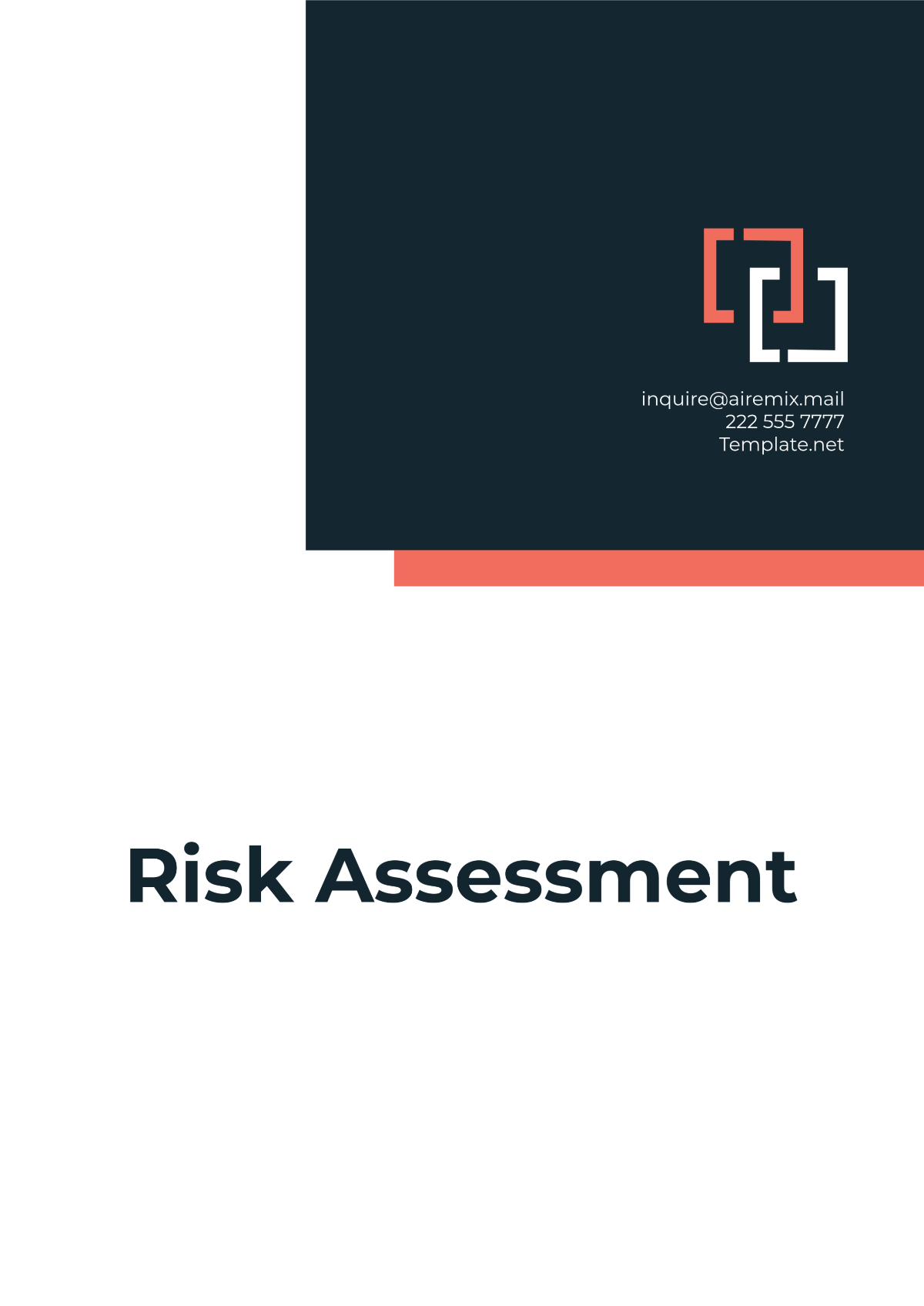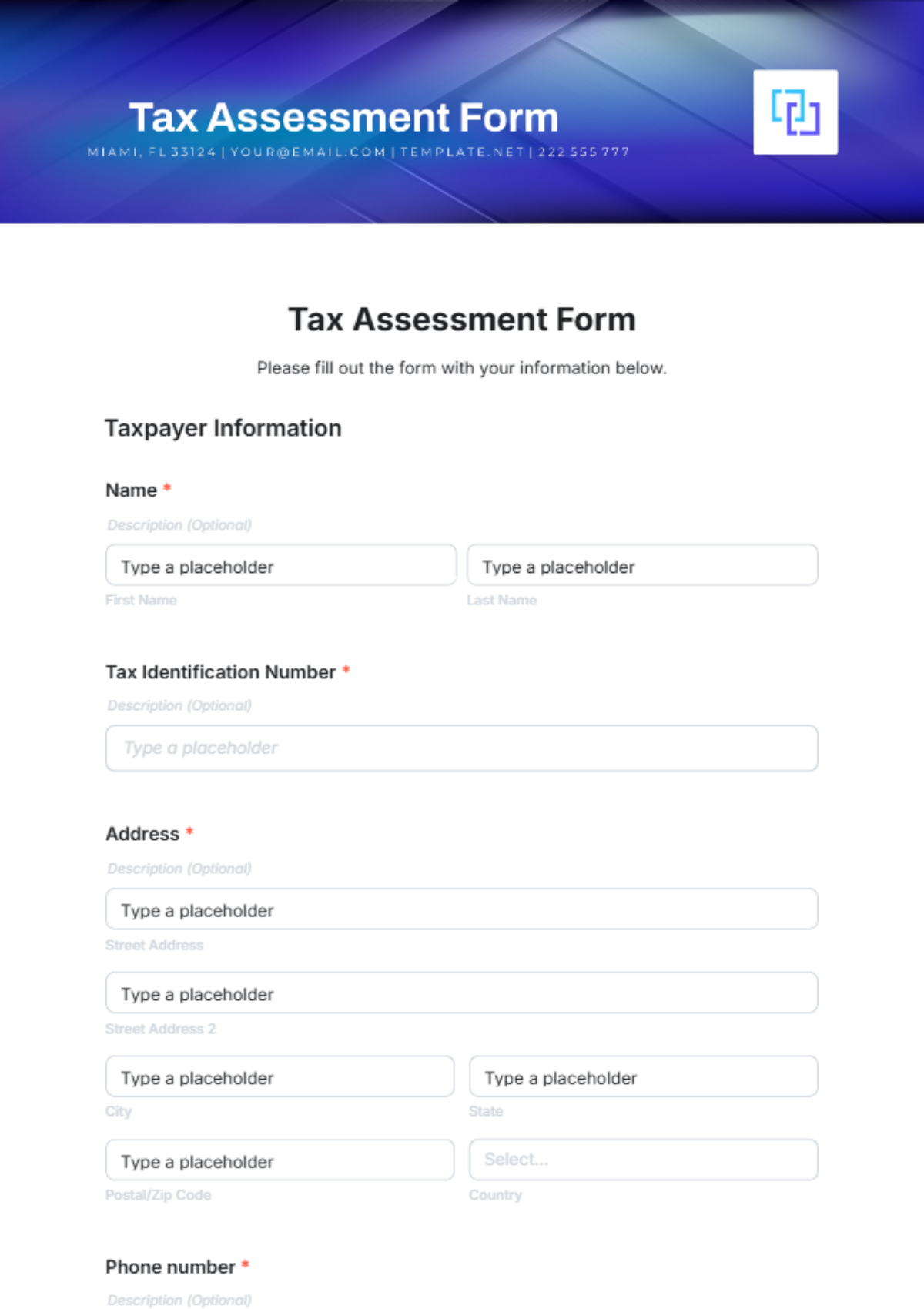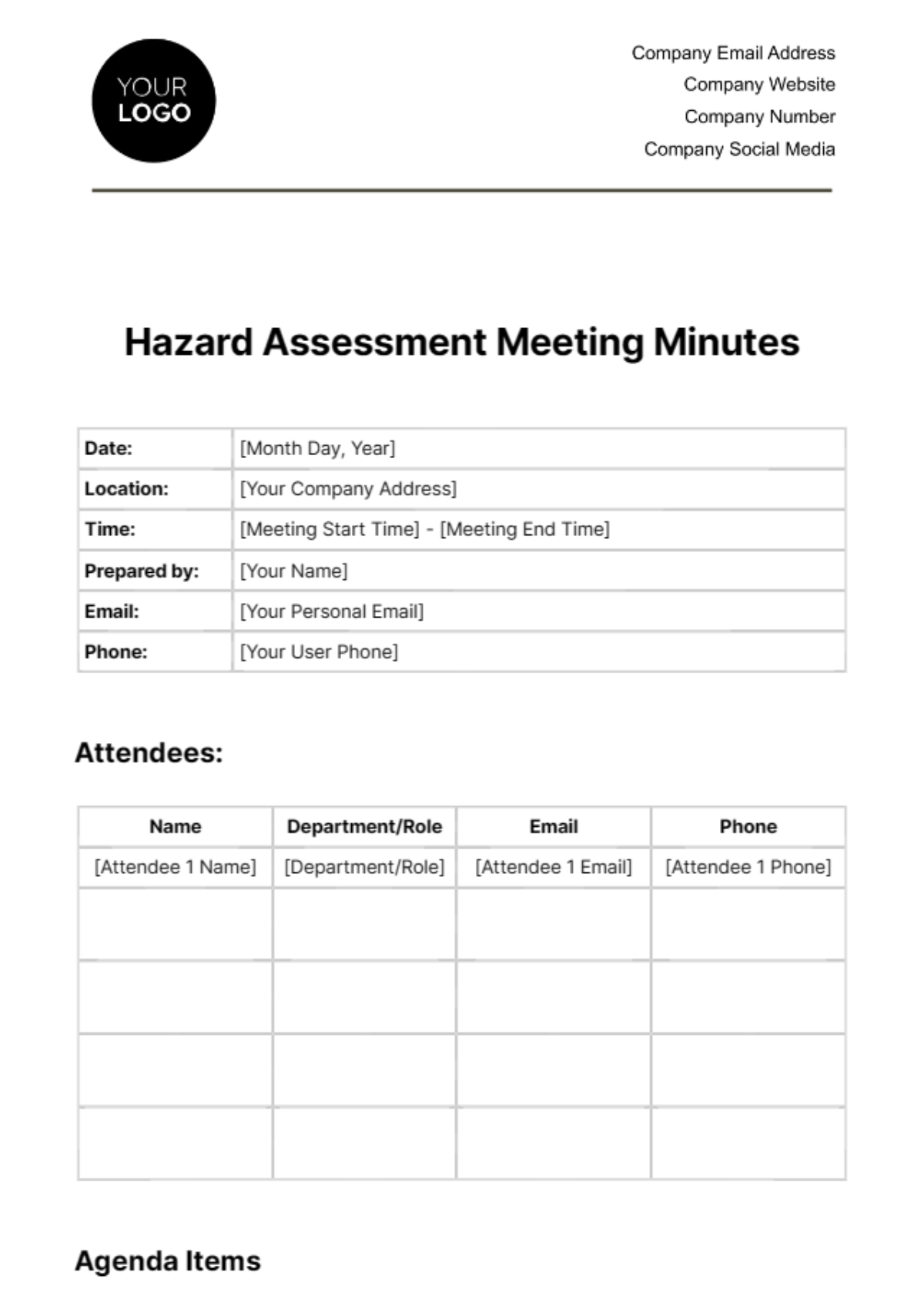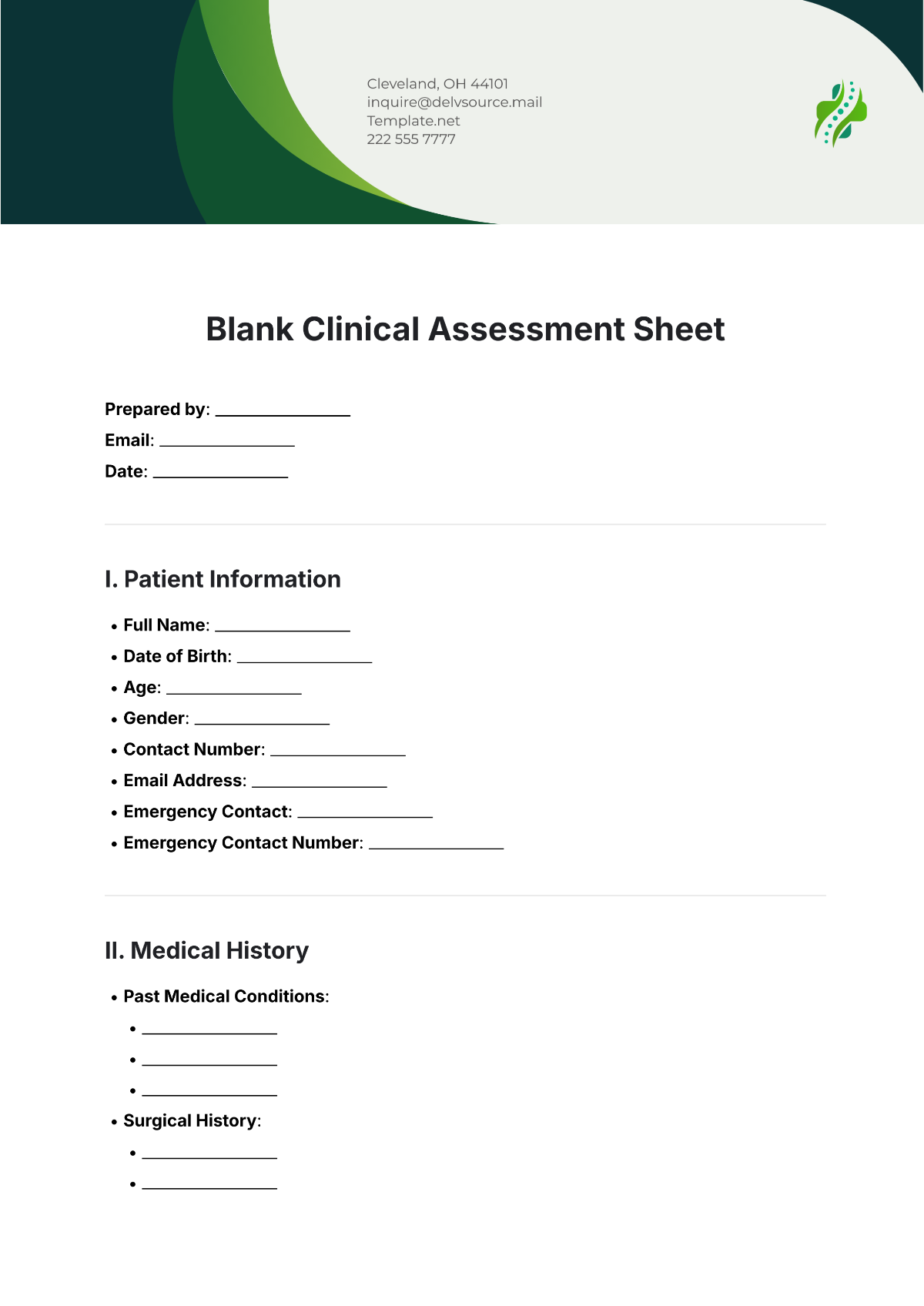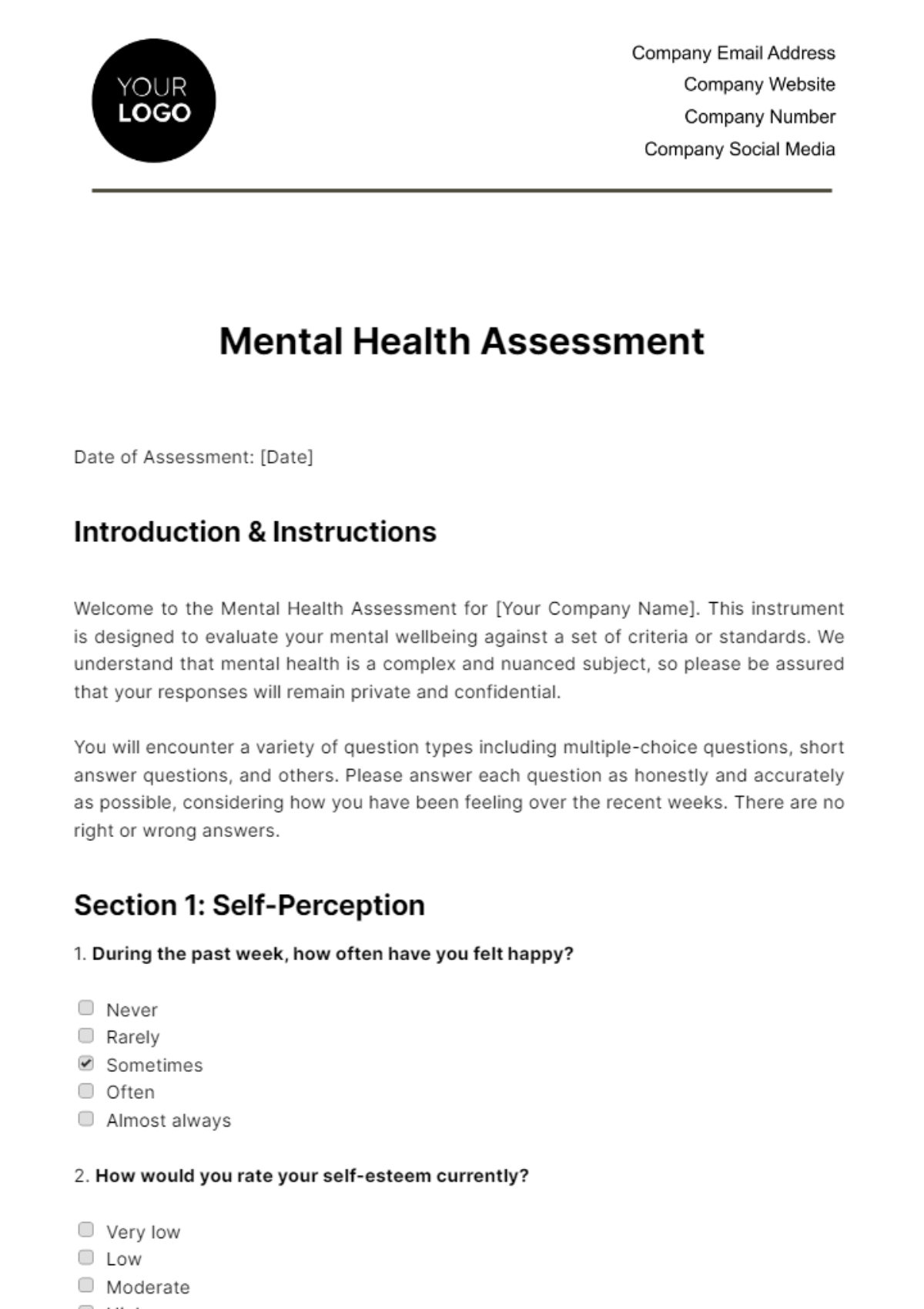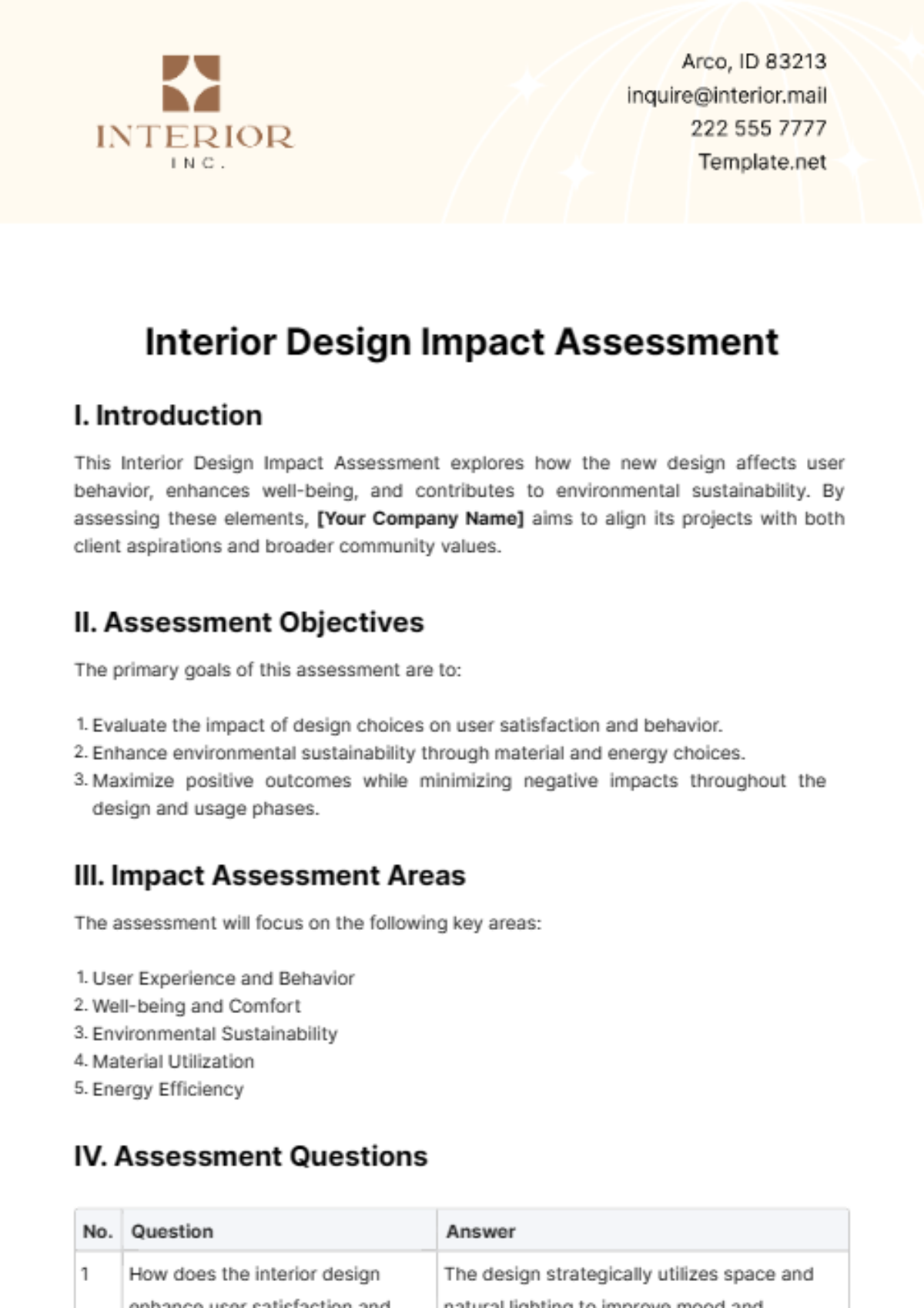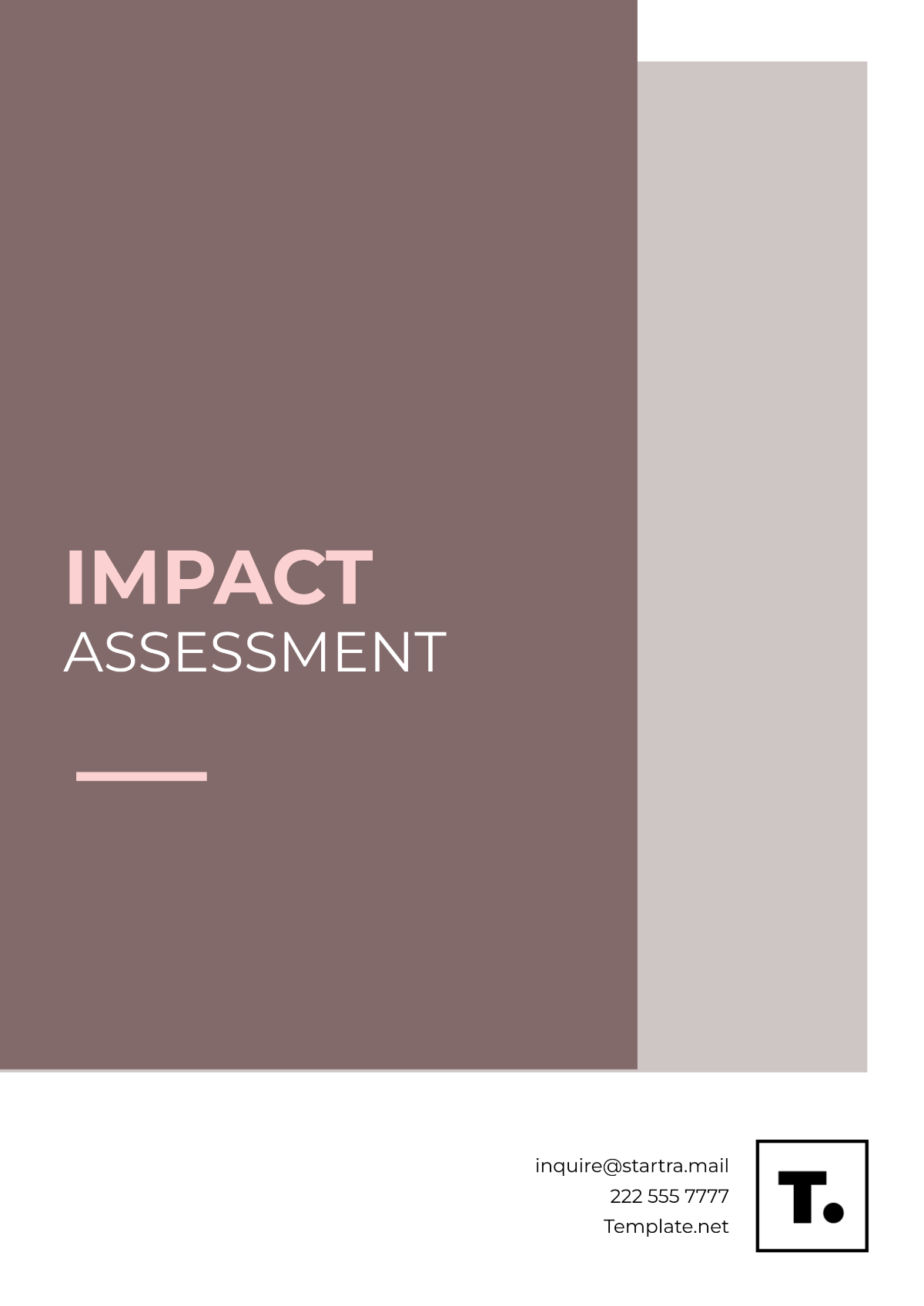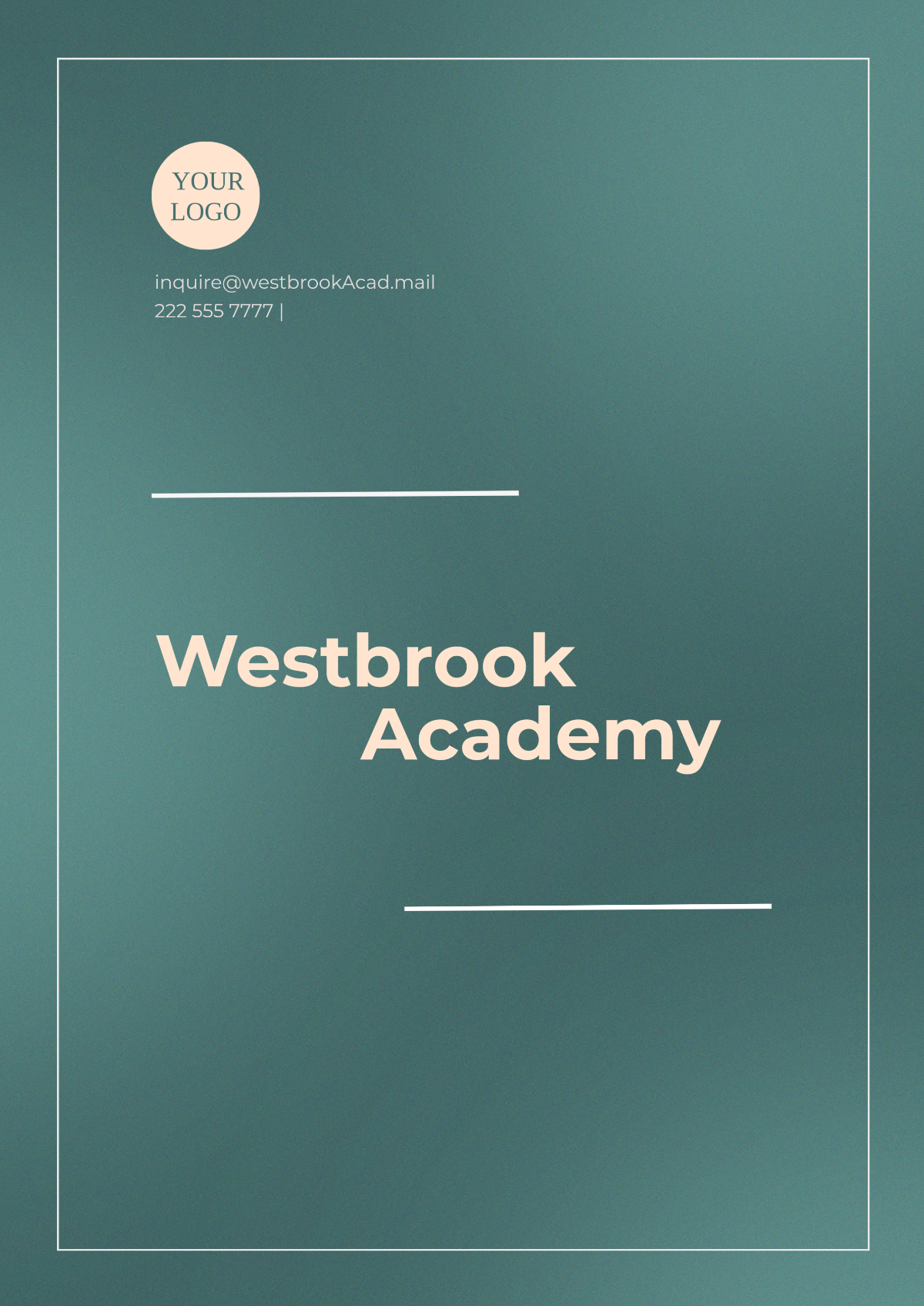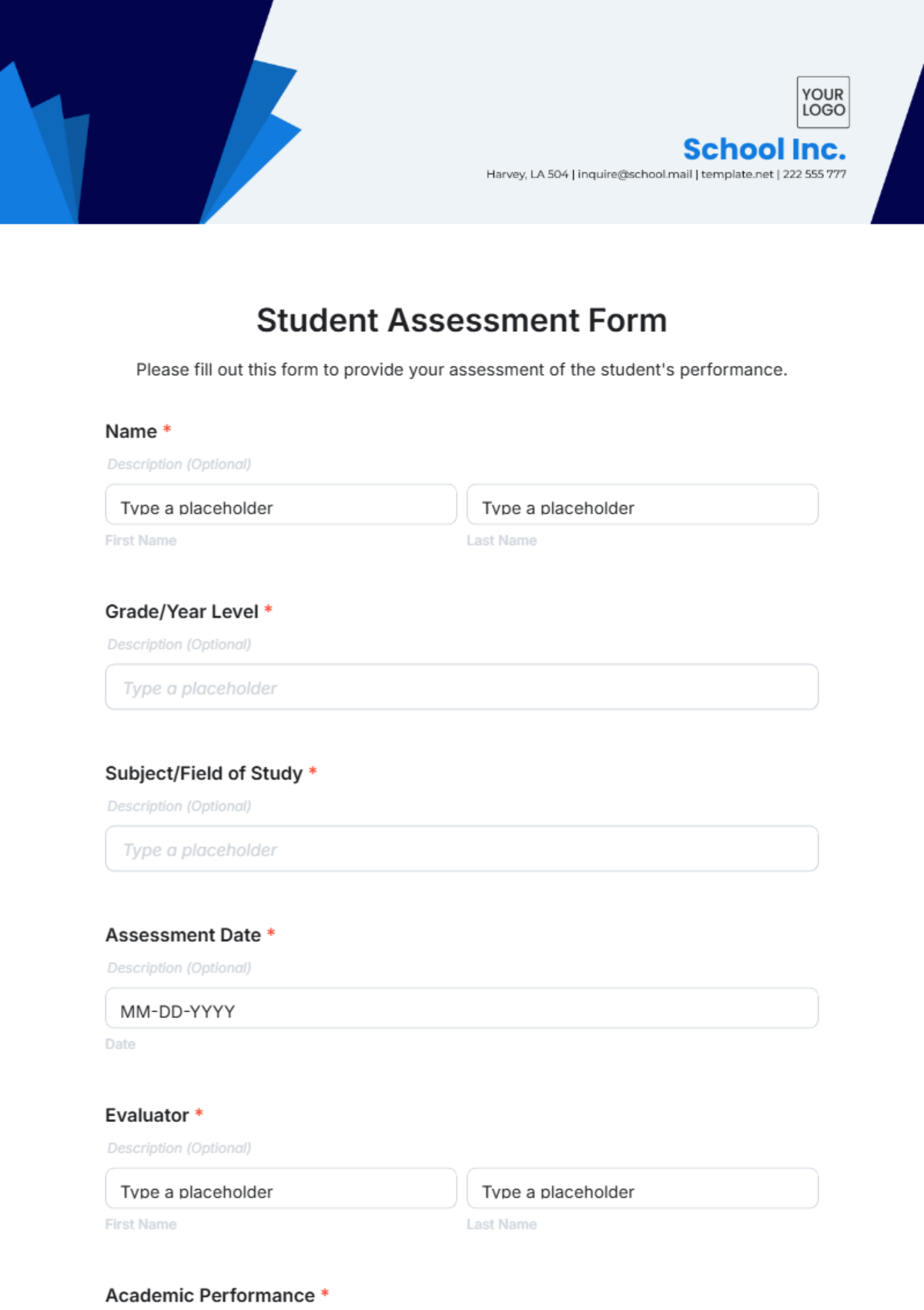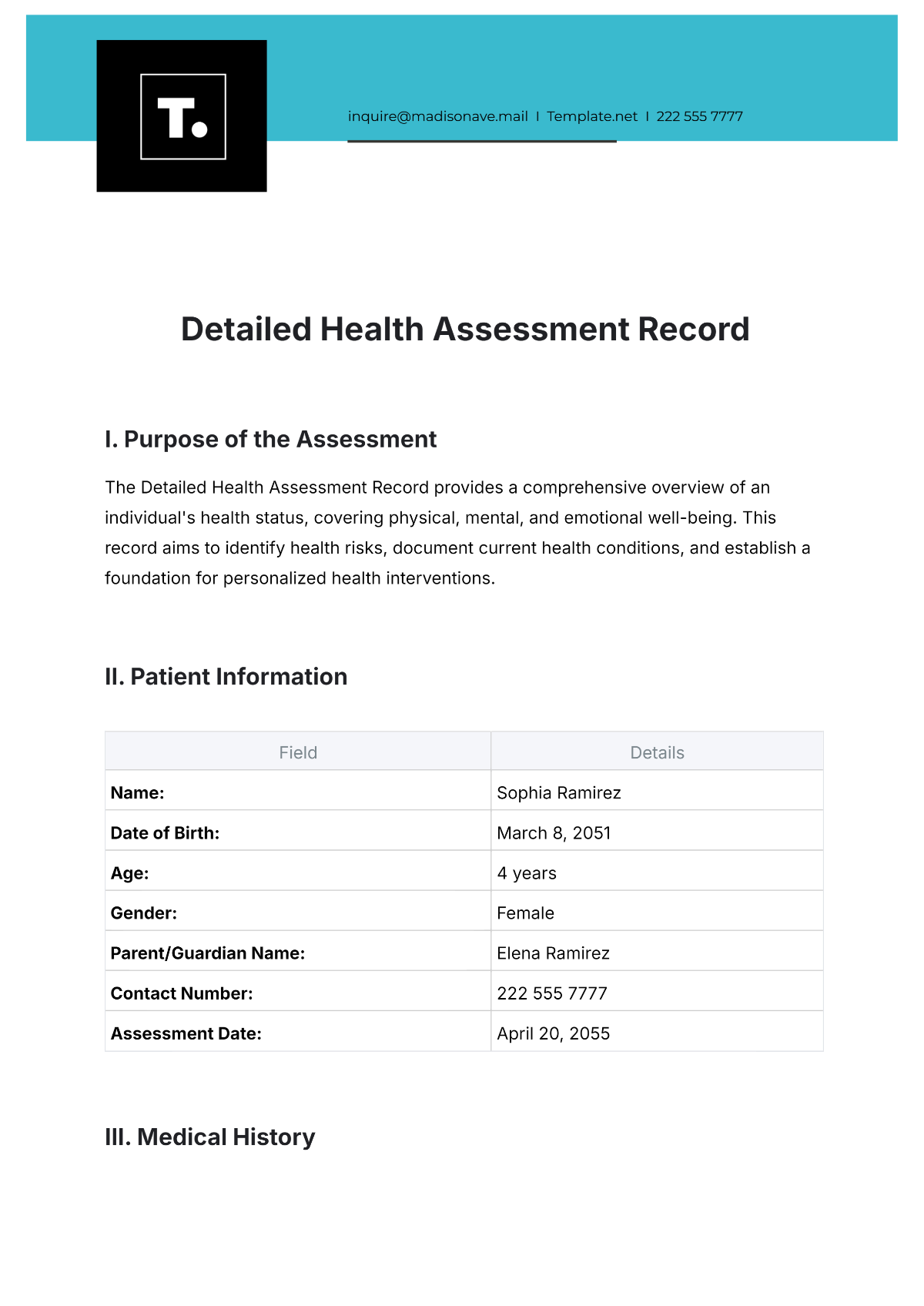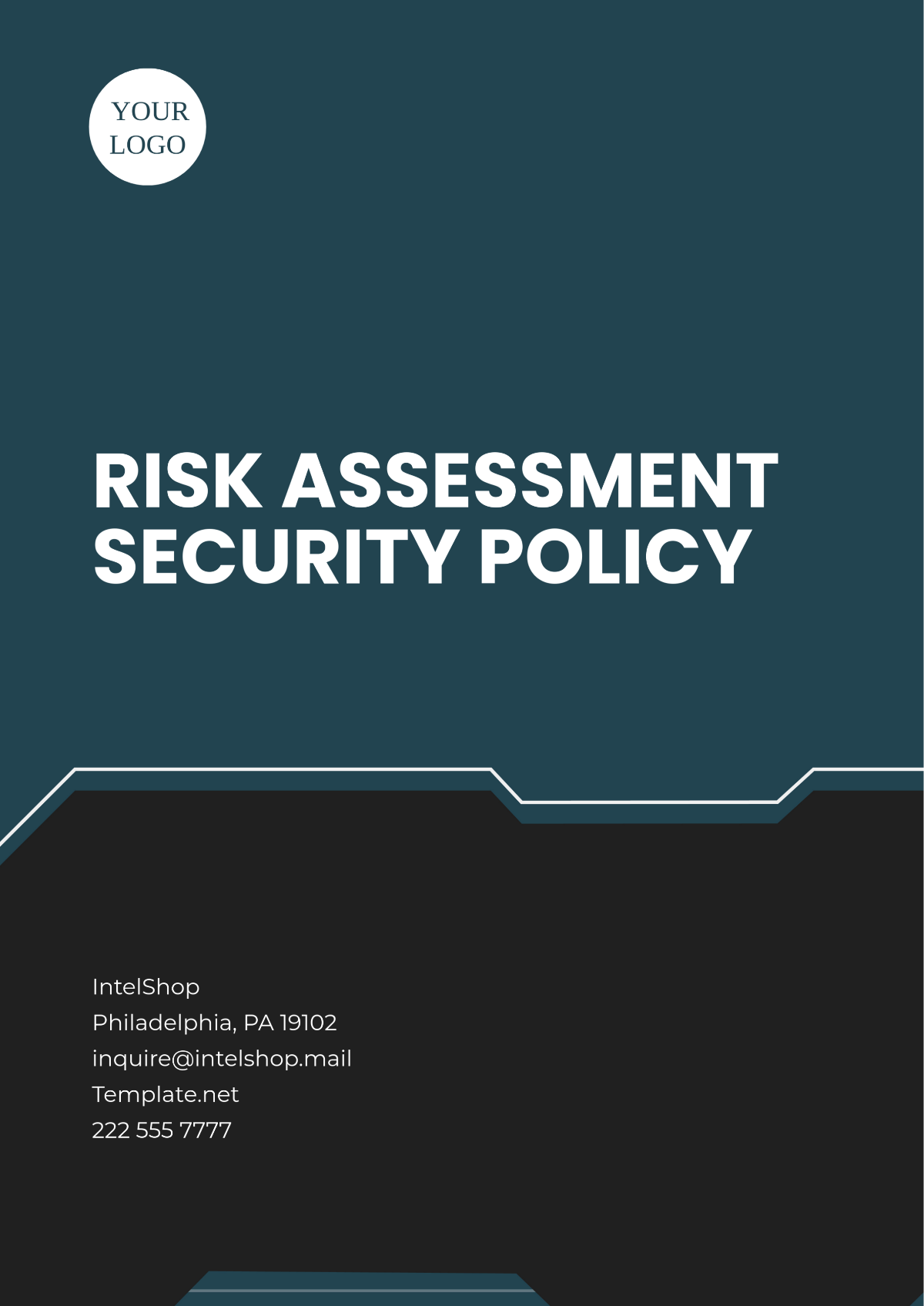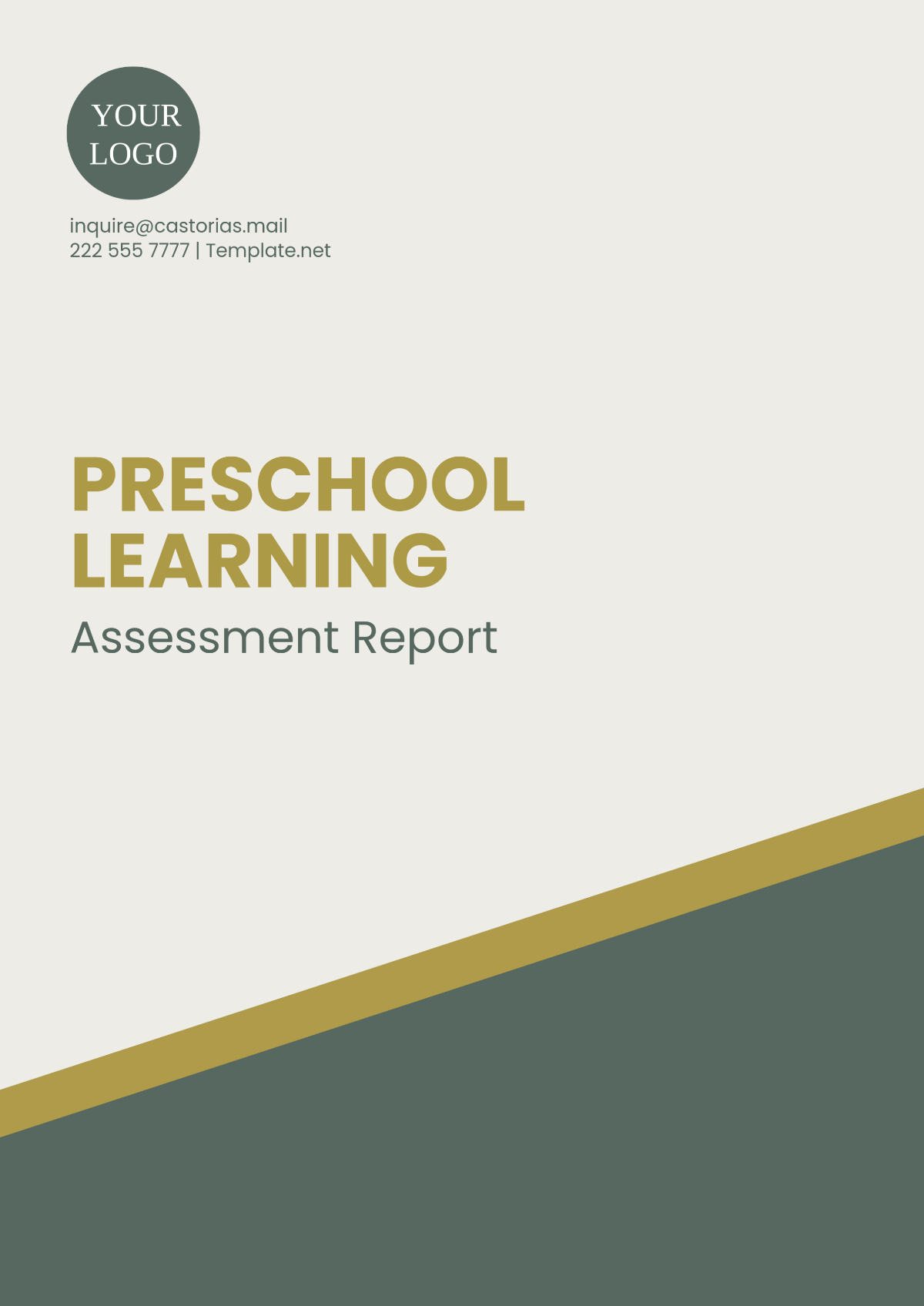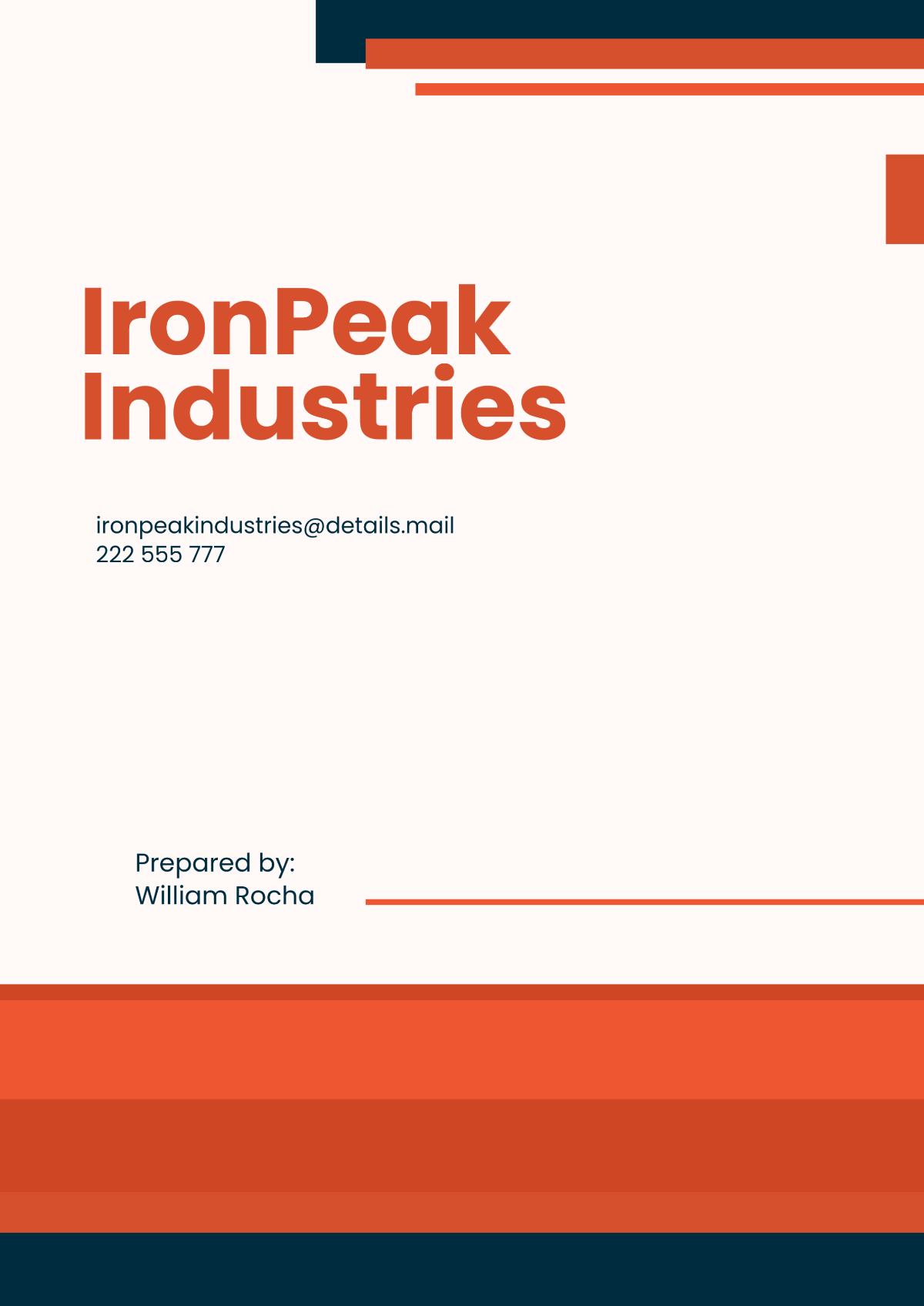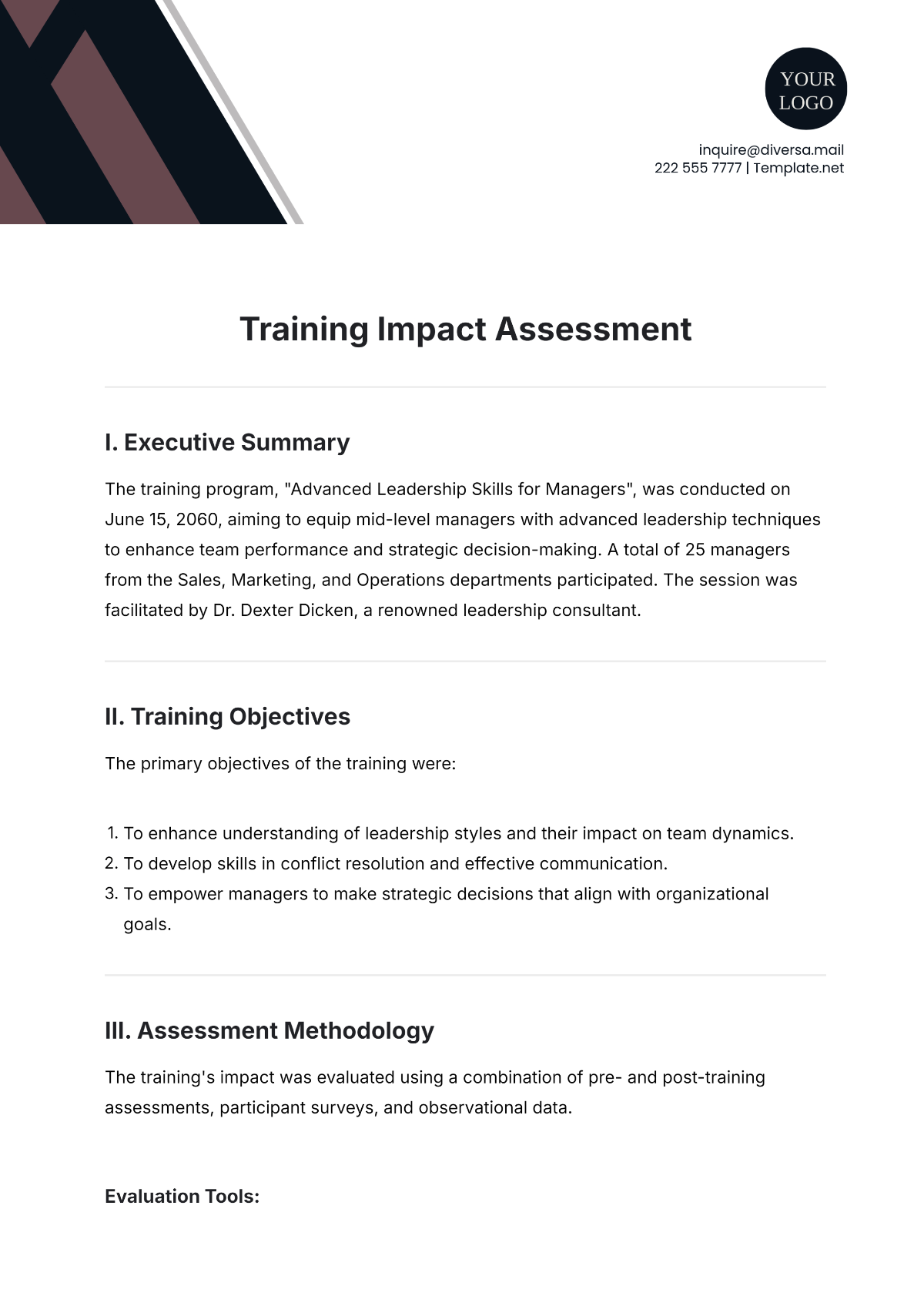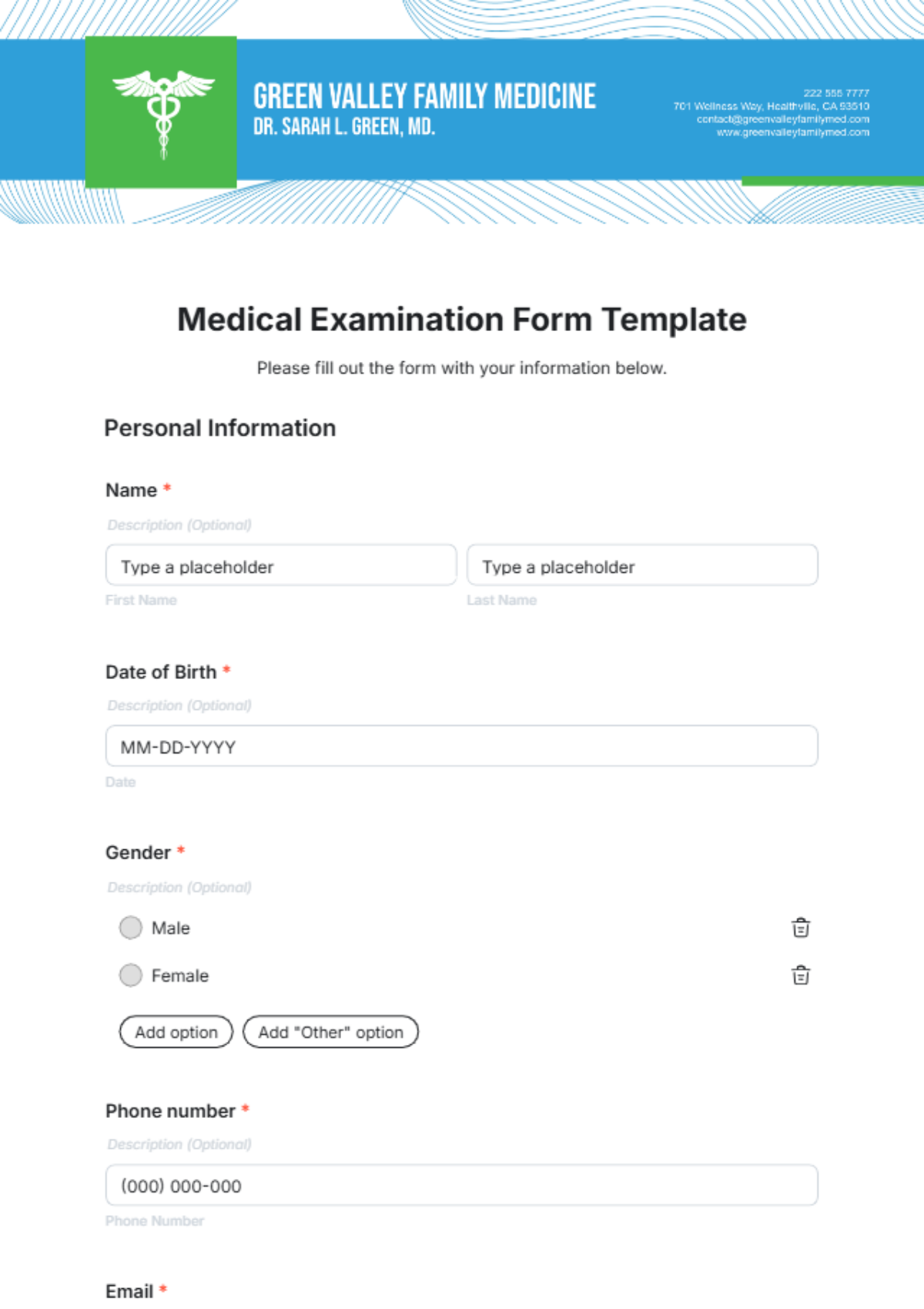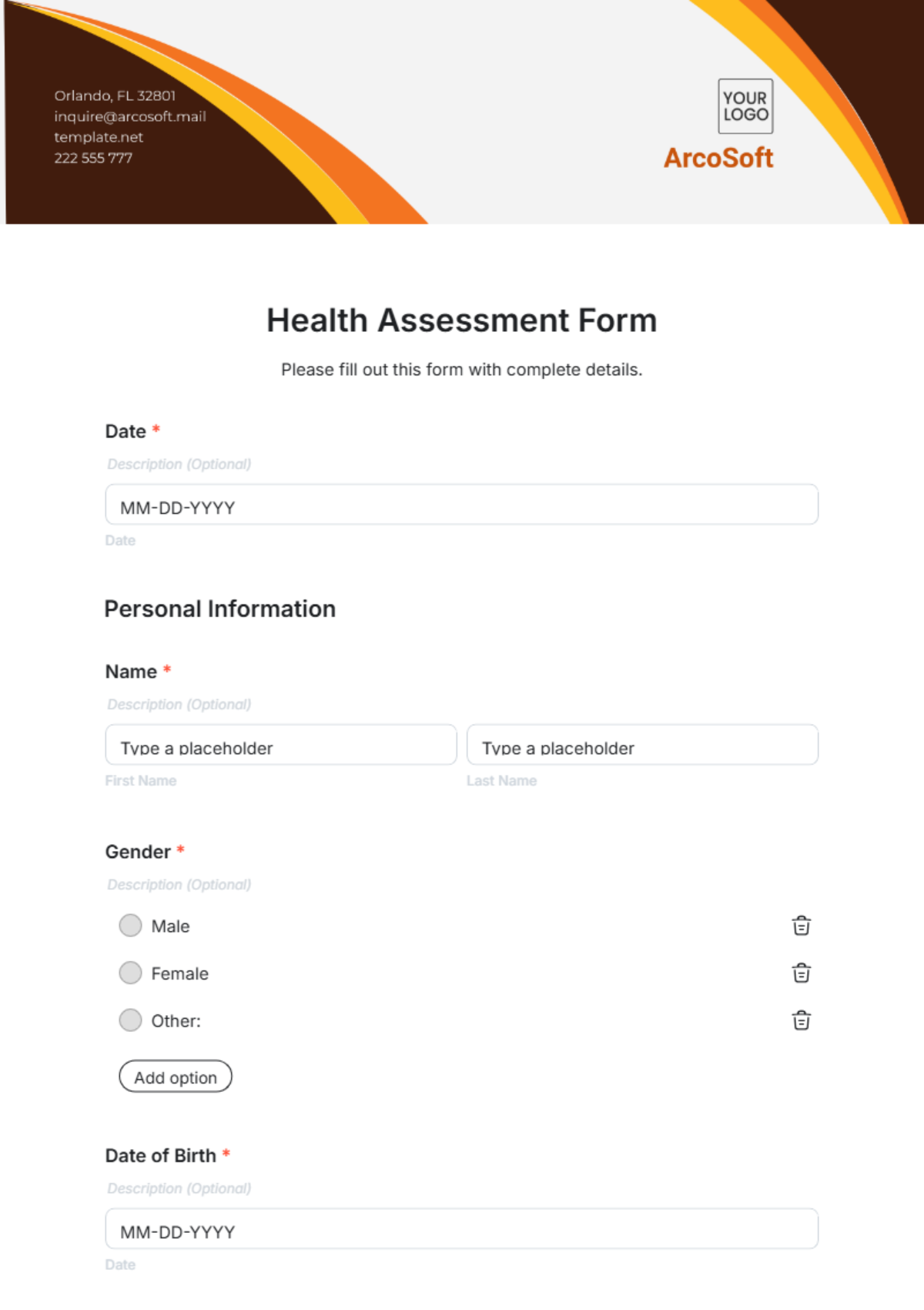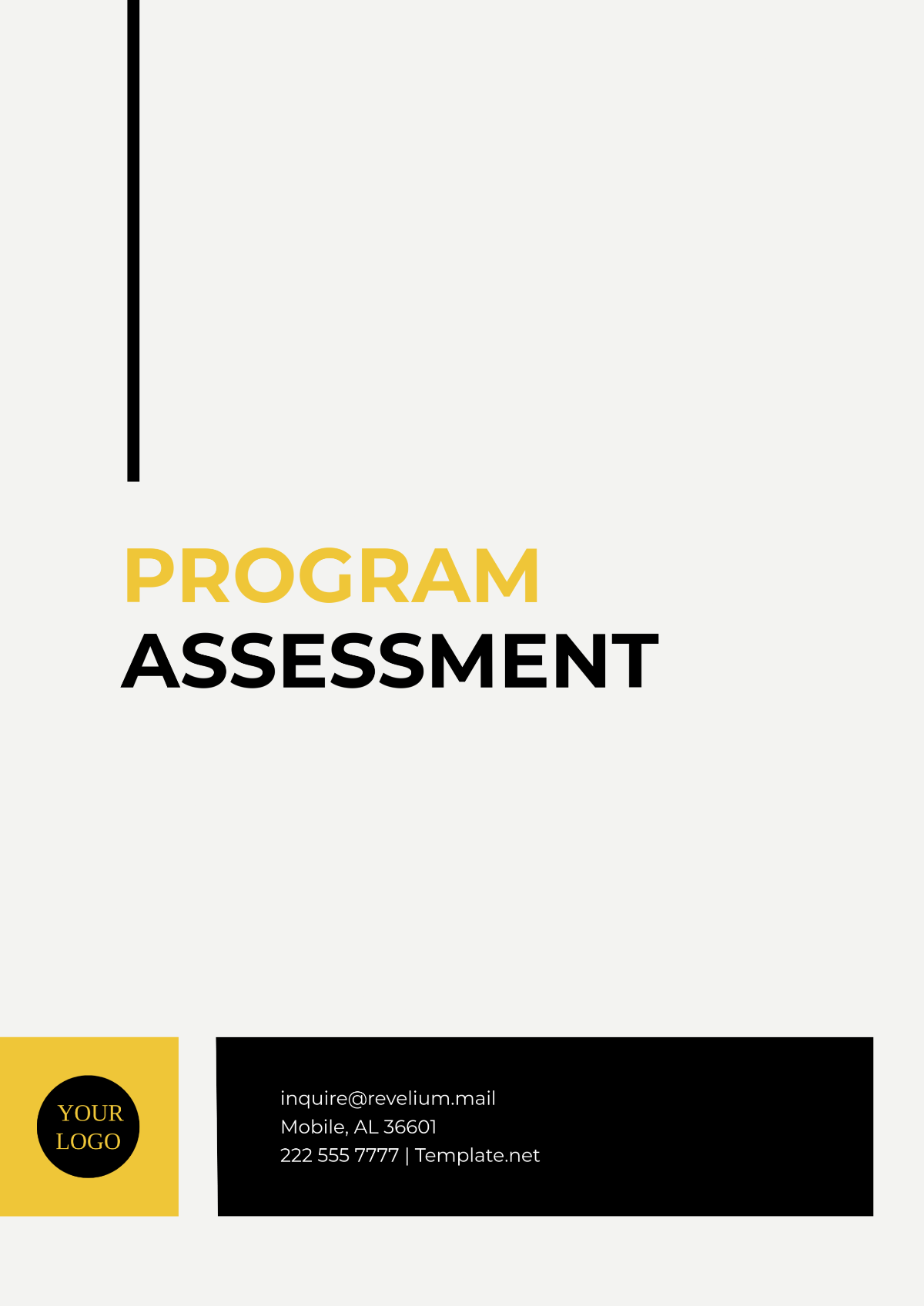Sales Client Requirements Assessment for Negotiation
I. Introduction
This comprehensive assessment is designed to shed light on the specific client requirements that are crucial for devising effective negotiation strategies and tactics within the sales process. The report provides a detailed outline of key metrics, prospective client profiles, and negotiation protocols that are custom-tailored to align with the specific objectives of [Your Company Name]. Through rigorous data-driven analysis, we aim to pinpoint the most effective methods to negotiate terms, secure deals, and establish enduring relationships with our clientele.
A. Purpose of the Assessment
Understanding Client Requirements: The primary purpose of this assessment is to understand the specific needs and expectations of our clients. This understanding will enable us to tailor our negotiation strategies and tactics to meet these requirements effectively.
Data-Driven Decision Making: This assessment aims to provide a data-driven basis for our negotiation strategies. By analyzing key metrics and client demographics, we can make informed decisions that enhance our negotiation effectiveness and efficiency.
Improving Client Relationships: By understanding our clients better and meeting their specific requirements, we aim to improve our relationships with them. This will not only help us secure deals more effectively but also foster long-term relationships with our clients.
B. Scope of the Assessment
Client Demographics: The assessment covers a detailed analysis of our client demographics across various industries. This analysis will help us understand our client base better and identify opportunities for growth and diversification.
Key Metrics: The assessment includes an analysis of key metrics such as the average time to close deals. These metrics provide valuable insights into our performance and the effectiveness of our negotiation strategies.
Negotiation Protocol: The assessment also reviews our negotiation protocol to ensure it is effective and aligns with our clients’ needs and expectations.
C. Methodology of the Assessment
Data Collection: We collect data from various sources, including our client database, sales records, and market research. This data provides the basis for our analysis.
Data Analysis: We analyze the collected data to identify trends, understand our performance, and gain insights into our clients’ needs and expectations.
Report Preparation: Based on our data analysis, we prepare this comprehensive report that outlines our findings and provides recommendations for improving our negotiation strategies and tactics.
D. Importance of the Assessment
Enhancing Negotiation Strategies: This assessment is crucial for enhancing our negotiation strategies. By understanding our clients better and analyzing our performance, we can tailor our strategies to be more effective and efficient.
Driving Business Growth: The insights gained from this assessment can drive our business growth. By identifying opportunities for growth and diversification, we can expand our client base and increase our profitability.
Improving Client Satisfaction: By meeting our clients’ specific needs and expectations, we can improve their satisfaction. This will not only help us secure deals more effectively but also foster long-term relationships with our clients.
II. Client Demographics
Understanding our client demographics is crucial for tailoring our negotiation strategies and tactics. The following table provides a detailed breakdown of our client demographics across various industries:
Industry | Percentage |
Technology | 40% |
Healthcare | |
Manufacturing | |
Retail | |
Other |
The technology sector represents a significant portion of our client base, with [40]% of our clients operating in this industry. This indicates a strong presence and potential for growth within this sector. This sector is characterized by rapid innovation and growth. Understanding these trends can help us tailor our negotiation strategies to align with the dynamic needs of our client in this sector. Our client in the technology sector often requires flexible and scalable solutions. Our negotiation strategies should therefore focus on demonstrating how our products or services can meet these needs.
Understanding the specific needs and trends of the technology sector can enable us to better serve our clients in this industry and identify opportunities for growth. By tailoring our negotiation strategies to the specific needs of our client in the technology sector, we can enhance our ability to secure deals and establish a long-lasting relationship with our client.
Overall, this data allows us to tailor our negotiation strategies and tactics to meet the specific needs and expectations of our client. This not only enhances our ability to negotiate effectively but also enables us to build a strong, enduring relationship with our client. By focusing on the needs and expectations of our client, we can ensure that our negotiation strategies are not only effective but also client-centric.
III. Key Metrics
Key metrics provide valuable insights into our performance and the effectiveness of our negotiation strategies. The following table showcases the key metrics, specifically the average time to close across different months in the year [2050]:
Month [2050] | Avg. Time to Close |
January | 30 Days |
February | |
March |
These key metrics provide a clear, quantifiable measure of our performance and the effectiveness of our negotiation strategies. By regularly reviewing and analyzing these metrics, we can continuously improve our negotiation processes, enhance our client relationships, and drive our business growth. This data-driven approach ensures that our negotiation strategies are not only effective but also continuously evolving and improving.
In January [2050], the average time to close was [30] days. This metric is crucial as it provides insights into the efficiency of our sales process and the effectiveness of our negotiation strategies. A shorter time to close indicates a more efficient negotiation process, which can lead to increased client satisfaction and a higher success rate in securing deals. Conversely, a longer time to close may indicate potential areas for improvement in our negotiation tactics.
Analyzing these key metrics allows us to identify trends, understand our performance, and make data-driven decisions to improve our negotiation processes. For instance, if we notice that the average time to close is increasing, we can investigate the possible causes and take corrective action. This could involve revising our negotiation strategies, providing additional training to our sales team, or improving our communication with clients.
IV. Negotiation Protocol
Our negotiation protocol is a structured process that guides our interactions with clients. It ensures that we approach each negotiation with preparation and a clear strategy, which increases our chances of success.
A. Preparation
Data Collection: Gather all relevant information about the client and the deal. This includes understanding the client’s needs, the value of the deal, and any potential obstacles to closing the deal. This step is crucial as it provides the foundation for our negotiation strategy.
Objective Setting: Establish clear objectives for the negotiation. This includes both the ideal outcome and the minimum acceptable outcome. Having clear objectives gives us a target to aim for and helps guide our negotiation tactics.
B. Introduction
Initial Contact: Make the first contact with the client. This could be a phone call, an email, or a face-to-face meeting. The initial contact sets the tone for the negotiation, so it’s important to be professional and courteous.
Setting the Stage: Set the stage for the negotiation by establishing rapport with the client and setting the agenda for the negotiation. This helps to create a positive atmosphere for the negotiation and ensures that both parties are clear on what will be discussed.
C. Exploration
Understanding Client Needs: Ask questions to understand the client’s needs, concerns, and objections. This will help tailor the negotiation strategy to the client’s specific situation. Understanding the client’s needs is key to finding a solution that satisfies both parties.
Identifying Opportunities: Identify opportunities for mutual gain. This could include areas where the interests of both parties align. Identifying these opportunities can lead to win-win outcomes.
D. Presentation
Submitting Initial Terms: Present the initial terms of the deal to the client. This should be done in a way that highlights the benefits to the client. The presentation of terms is a critical step as it forms the basis for the negotiation.
Handling Counter-Offers: Be prepared to handle counter-offers from the client. This includes being flexible and willing to adjust the terms of the deal. Handling counter-offers effectively can help us reach an agreement that satisfies both parties.
E. Clarification
Resolving Misunderstandings: If there are any misunderstandings or discrepancies, clarify them promptly. This ensures that both parties are on the same page. Clear communication is key to avoiding misunderstandings and ensuring a smooth negotiation process.
Confirming Agreement: Once the terms have been agreed upon, confirm the agreement. This could involve drafting a contract or a letter of agreement. Confirming the agreement ensures that both parties are clear on the terms of the deal and helps to avoid any future disputes.
F. Agreement
Reaching Final Agreement: Work towards reaching a final agreement that is acceptable to both parties. This includes addressing any last-minute concerns or objections from the client. Reaching a final agreement is the ultimate goal of the negotiation process.
Closing the Deal: Once the final agreement has been reached, close the deal. This could involve signing a contract or making a verbal commitment. Closing the deal effectively seals the agreement and concludes the negotiation process.
V. Recommendations
Based on the above metrics and protocols, we have several recommendations for improving our negotiation strategies and tactics:
A. Focus on Key Sectors
Technology and Healthcare: Given the significant representation of the technology and healthcare sectors in our client demographics, we recommend focusing more resources on these sectors. This could involve hiring more salespeople with expertise in these sectors or investing in market research to better understand these industries.
Specialized Training: Develop specialized negotiation training for our sales team that focuses on the specific needs and trends of these sectors. This could involve bringing in industry experts for training sessions or creating customized training materials for these sectors.
B. Improve Efficiency
Negotiation Training: Develop specialized negotiation training to decrease the average time to close. This could involve training on effective communication, handling objections, and closing techniques. Improving efficiency in the negotiation process can lead to more deals closed in less time, increasing our profitability.
Process Improvement: Review and refine our negotiation process to identify areas for improvement. This could involve streamlining the process, improving communication, or using technology to enhance efficiency. Continuous process improvement is key to maintaining a high level of performance in our negotiations.
C. Refine Negotiation Protocol
Review and Refinement: Regularly review and refine our negotiation protocol to ensure it remains effective and relevant. This could involve updating the protocol based on feedback from the sales team, changes in the market, or new insights from our key metrics. Regular review and refinement ensure that our negotiation protocol stays up-to-date and effective.
Win-Loss Analysis: Conduct a win-loss analysis to understand why deals are won or lost. This can provide valuable insights for improving our negotiation protocol. Understanding the reasons behind our wins and losses can help us make targeted improvements to our negotiation strategies.


